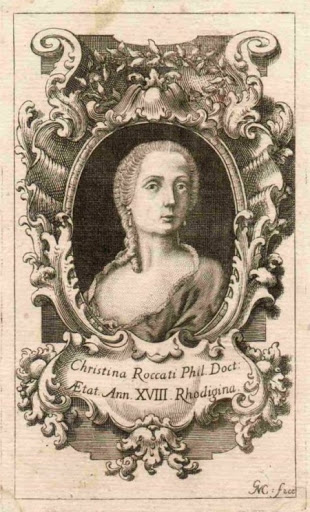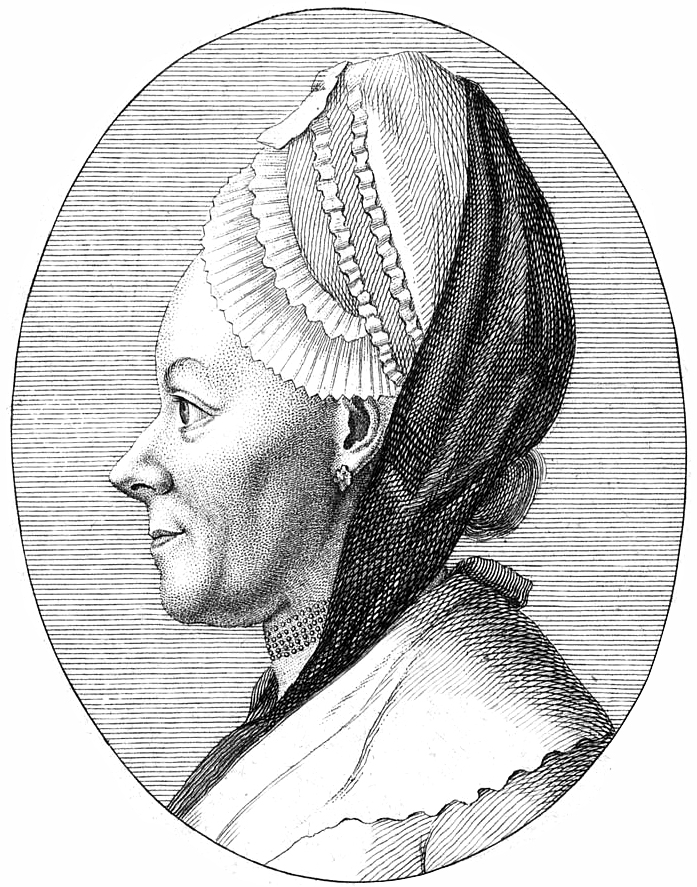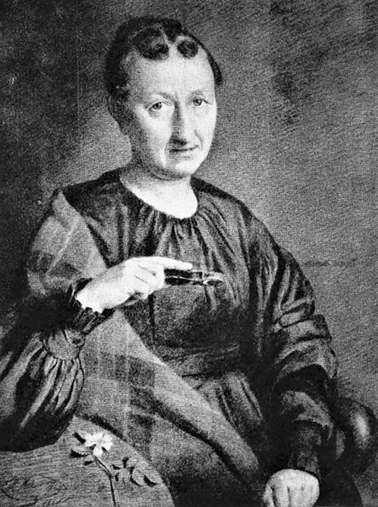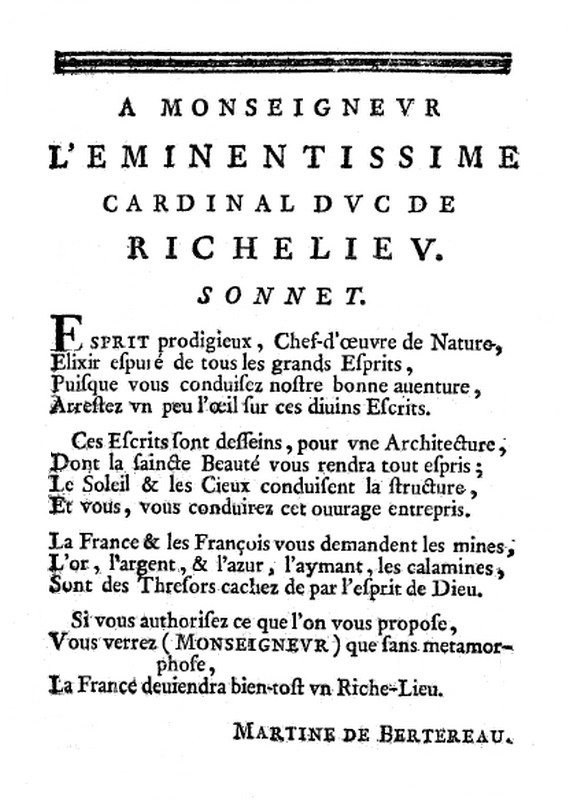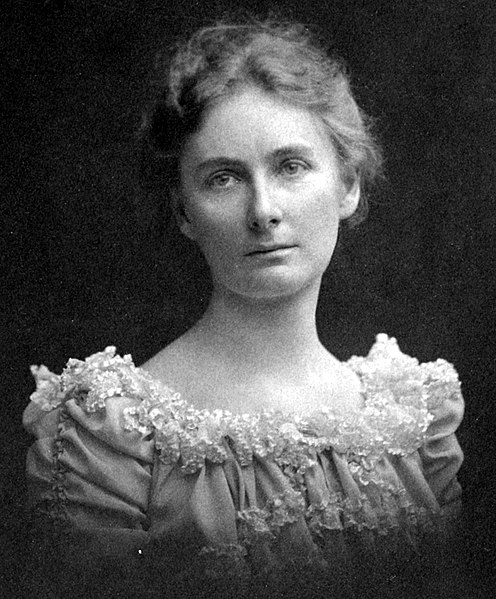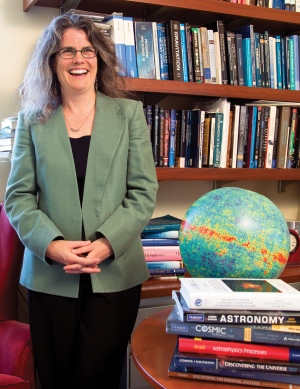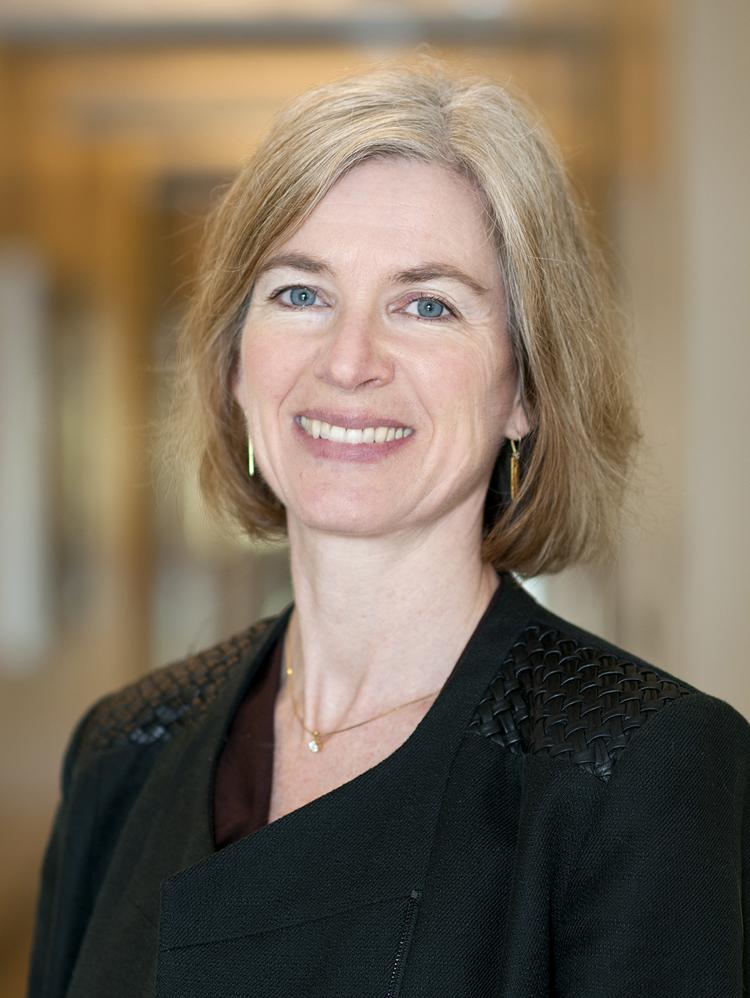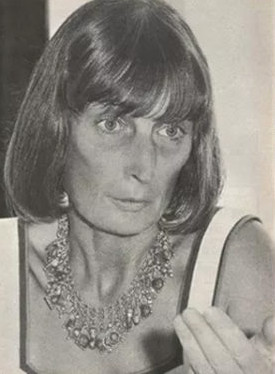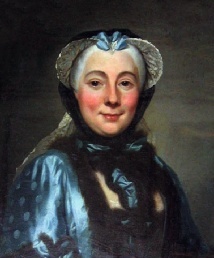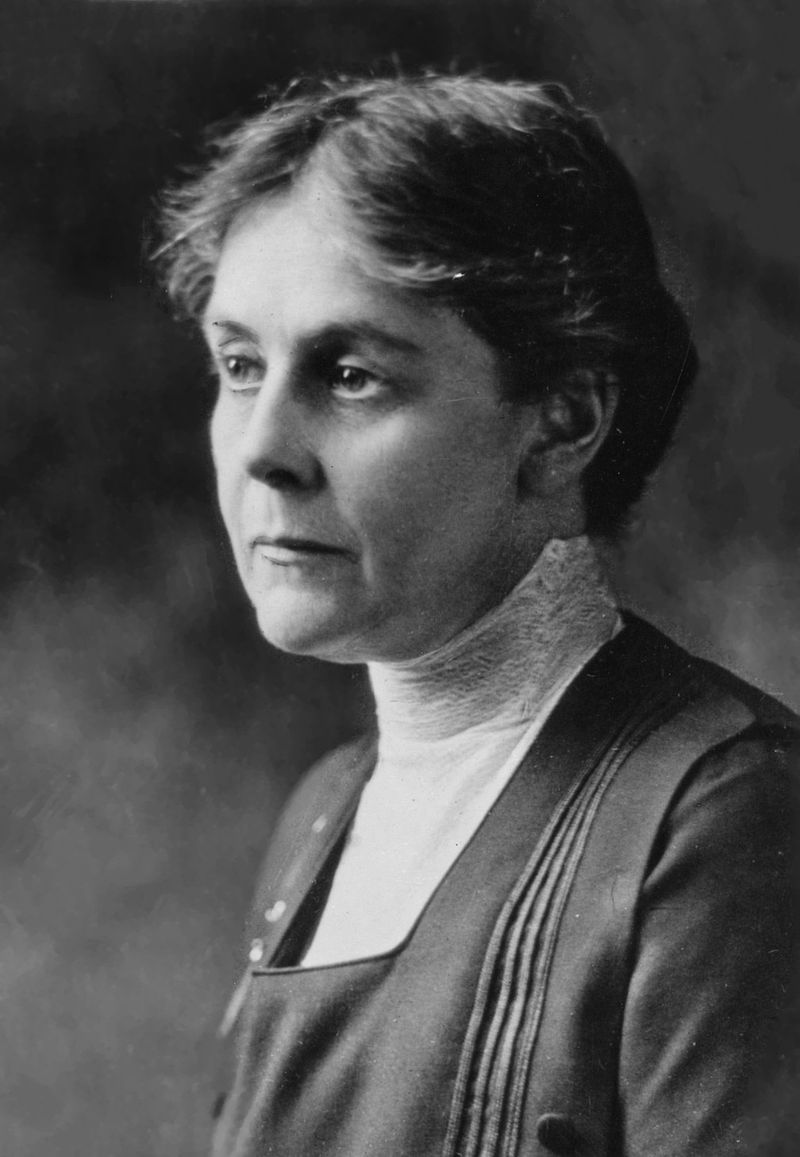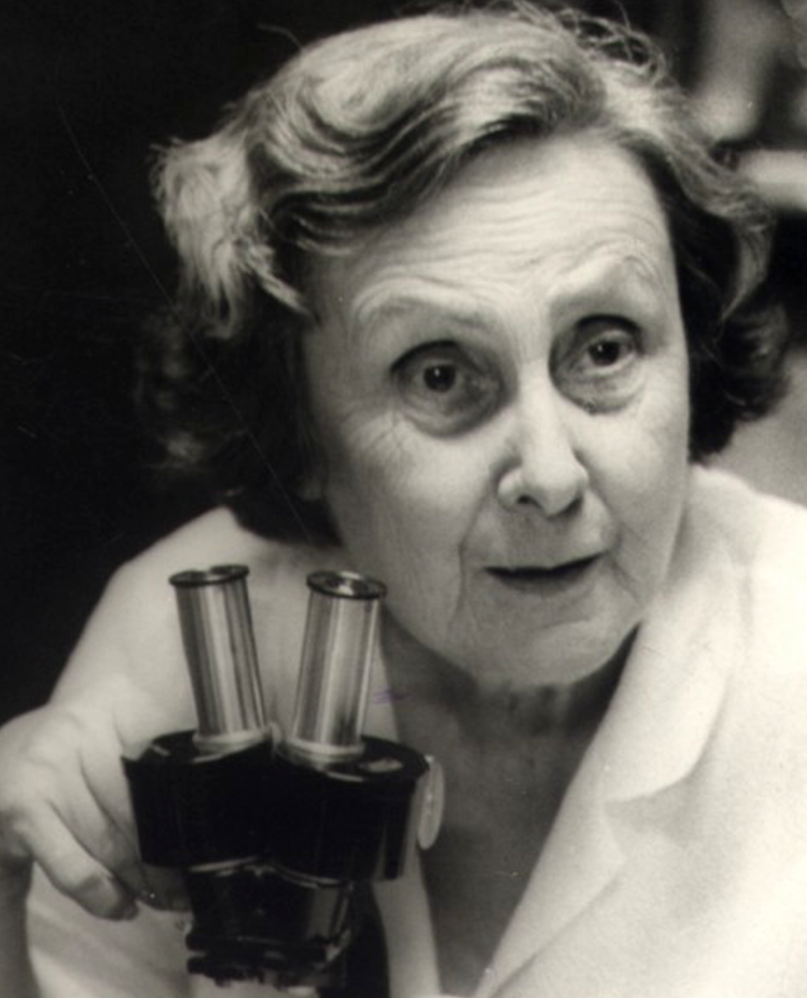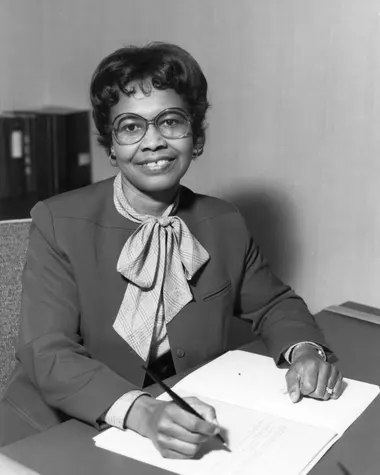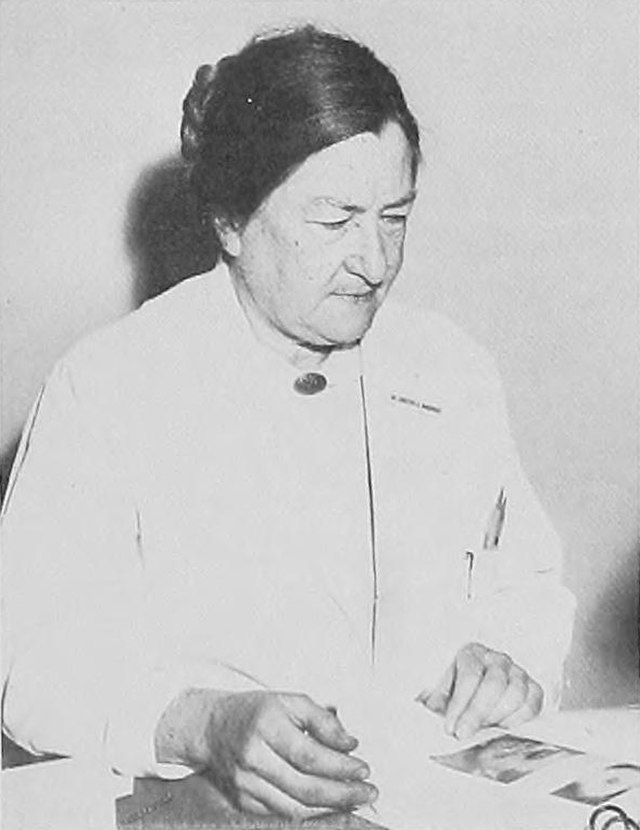185 Results
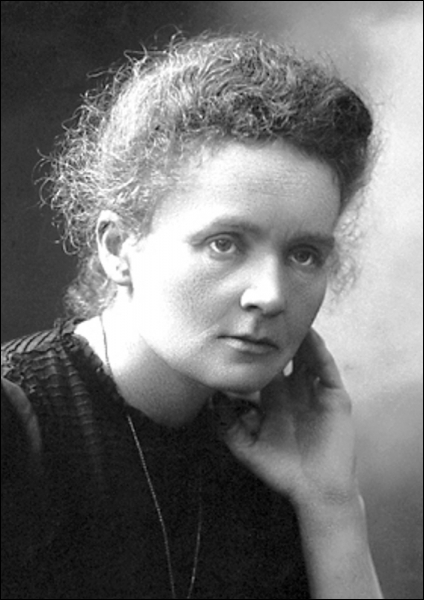
Publications: Marie Curie was a Polish-born physicist and chemist and one of the most famous scientists of her time. Together with her husband Pierre, she was awarded the in 1903, and she went on to win another in 1911. Marie Sklodowska was born in Warsaw on 7 November 1867, the daughter of a teacher. In 1891, she went to Paris to study physics and mathematics at the Sorbonne where she met Pierre Curie, professor of the School of Physics. They were married in 1895. The Curies worked together investigating radioactivity, building on the work of the German physicist Roentgen and the French physicist Becquerel. In July 1898, the Curies announced the discovery of a new chemical element, polonium. At the end of the year, they announced the discovery of another, radium. The Curies, along with Becquerel, were awarded the in 1903. Pierre's life was cut short in 1906 when he was knocked down and killed by a carriage. Marie took over his teaching post, becoming the first woman to teach at the Sorbonne, and devoted herself to continuing the work that they had begun together. She received a second Nobel Prize, for Chemistry, in 1911. The Curie's research was crucial in the development of x-rays in surgery. During World War One Curie helped to equip ambulances with x-ray equipment, which she herself drove to the front lines. The International Red Cross made her head of its radiological service and she held training courses for medical orderlies and doctors in the new techniques. Despite her success, Marie continued to face great opposition from male scientists in France, and she never received significant financial benefits from her work. By the late 1920s her health was beginning to deteriorate. She died on 4 July 1934 from leukaemia, caused by exposure to high-energy radiation from her research. The Curies' eldest daughter was herself a scientist and winner of the Nobel Prize for Chemistry. Source:
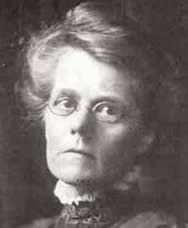
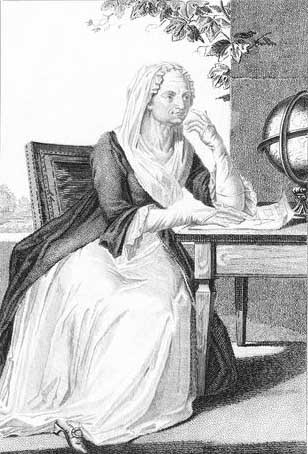
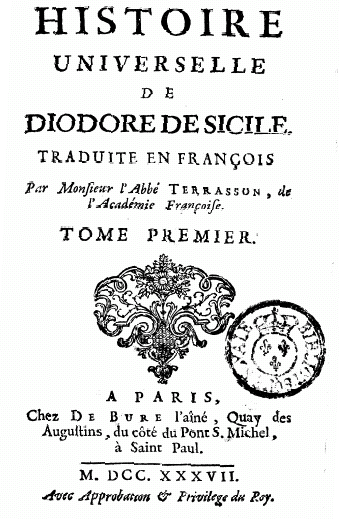
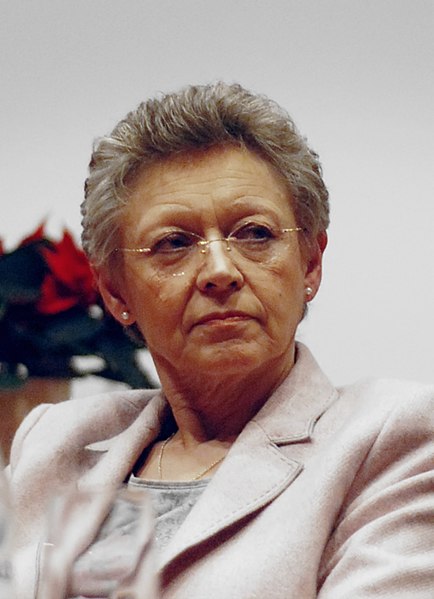

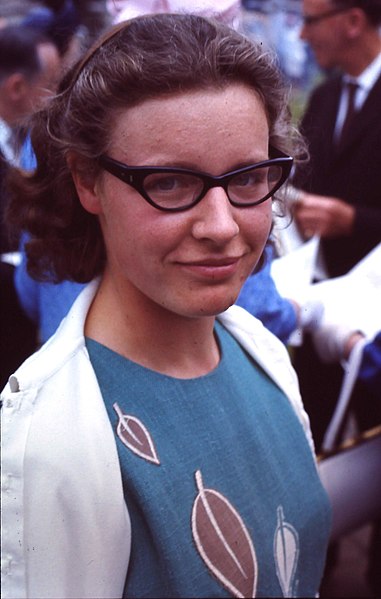

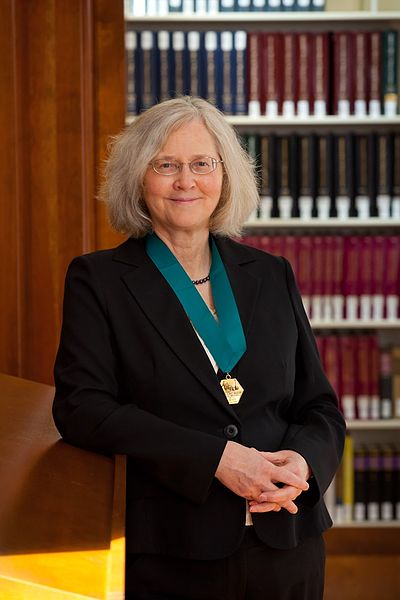
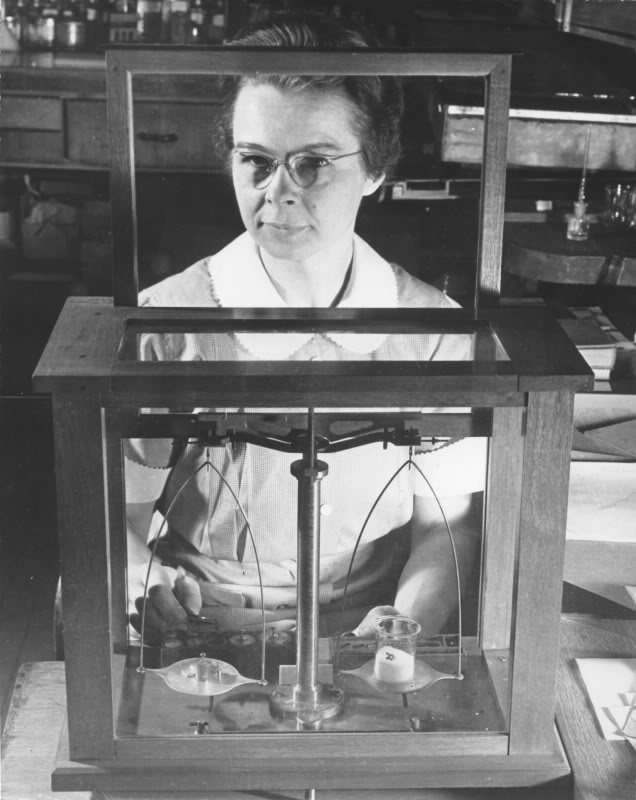

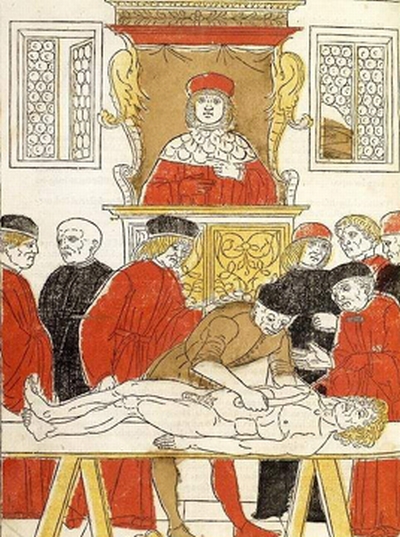
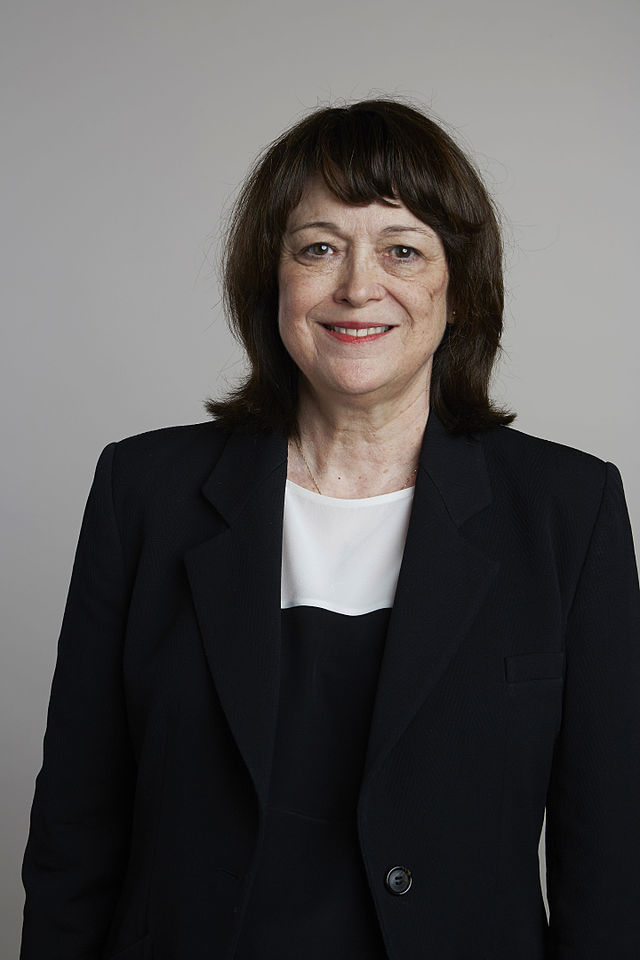
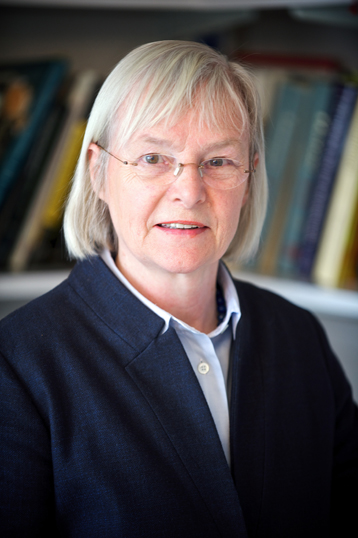
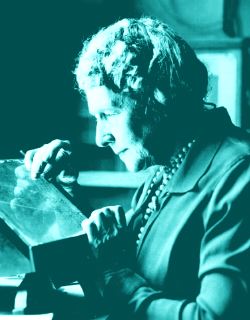
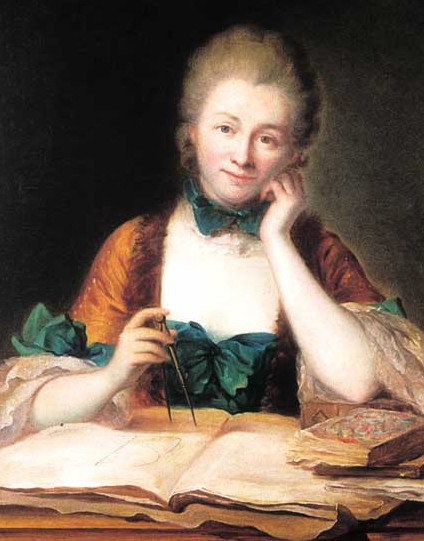

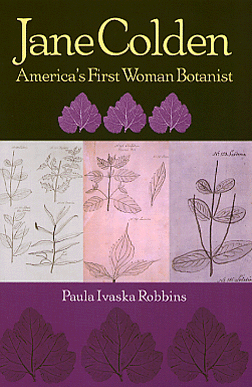





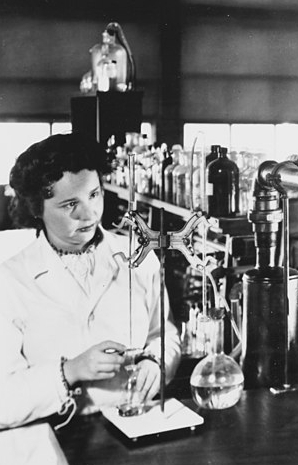
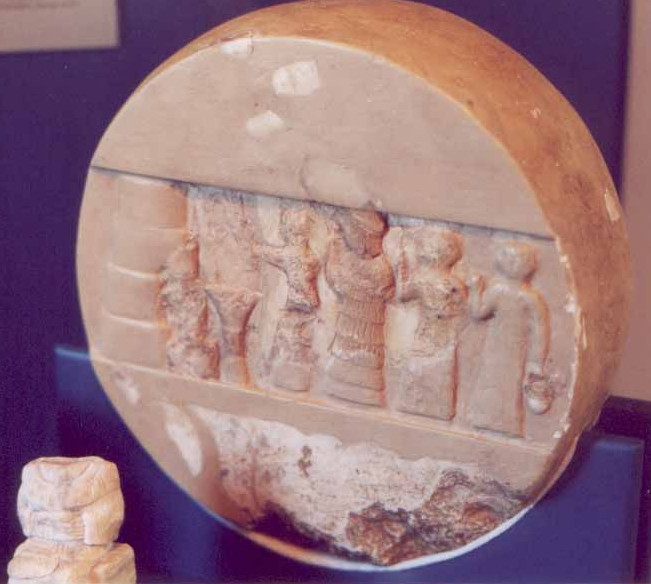

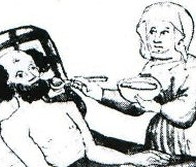

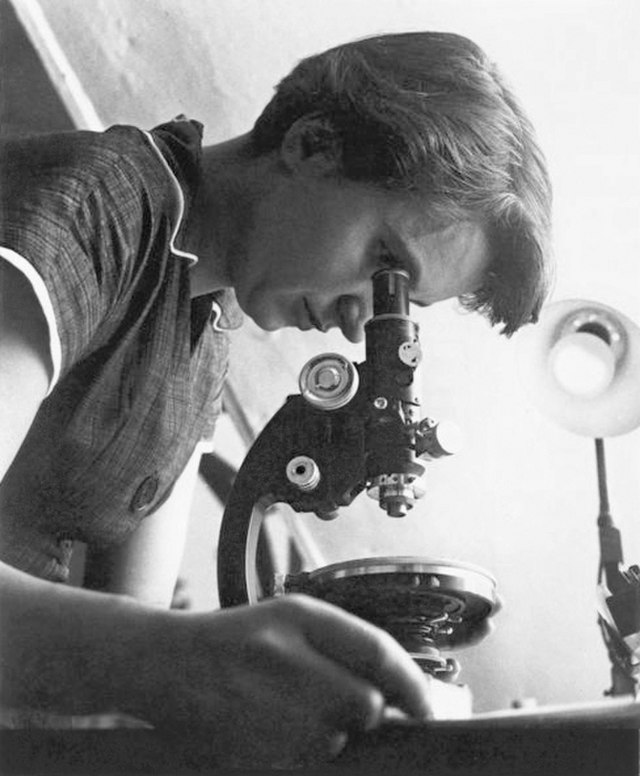

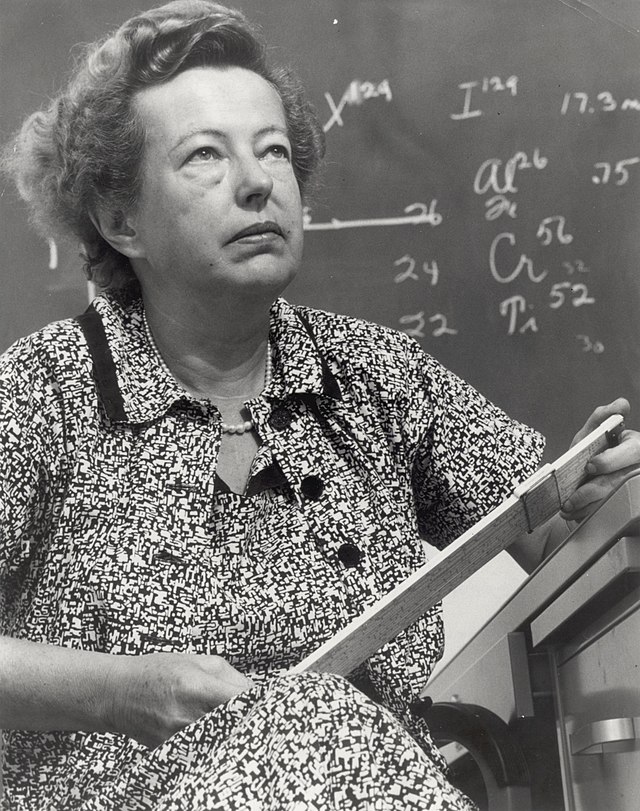
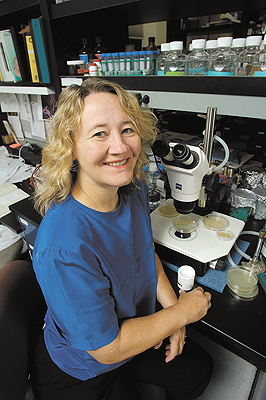
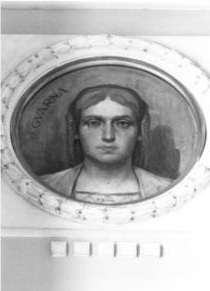
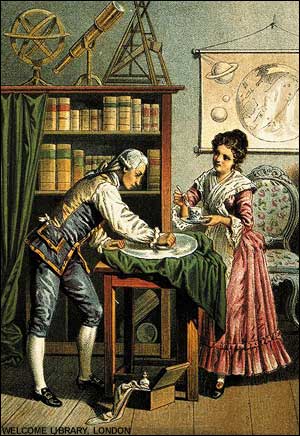


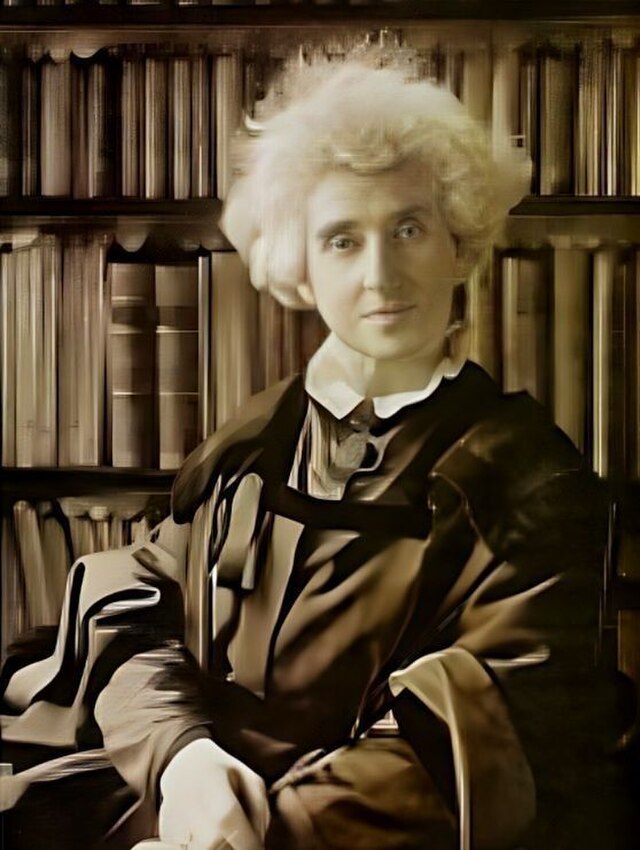
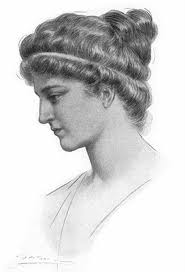
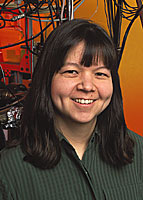
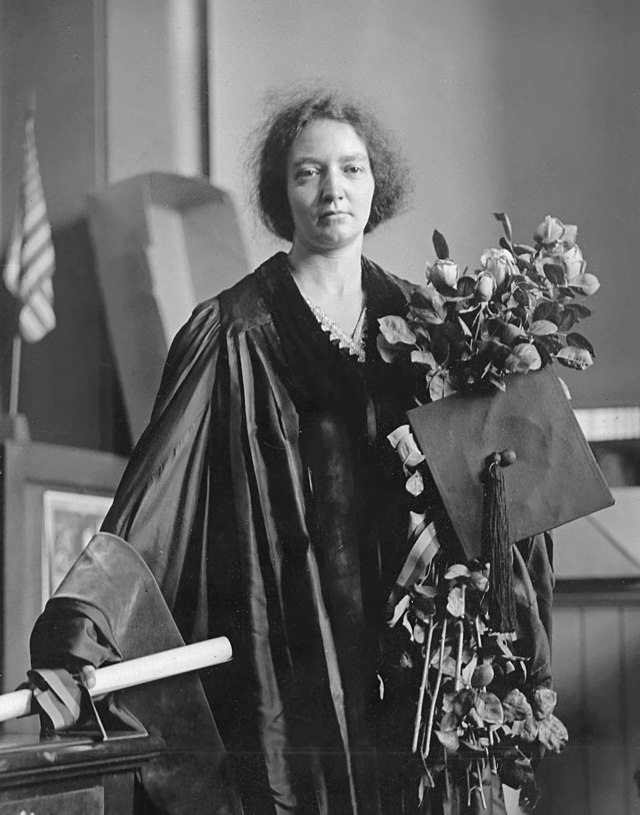


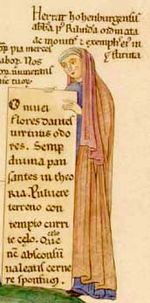
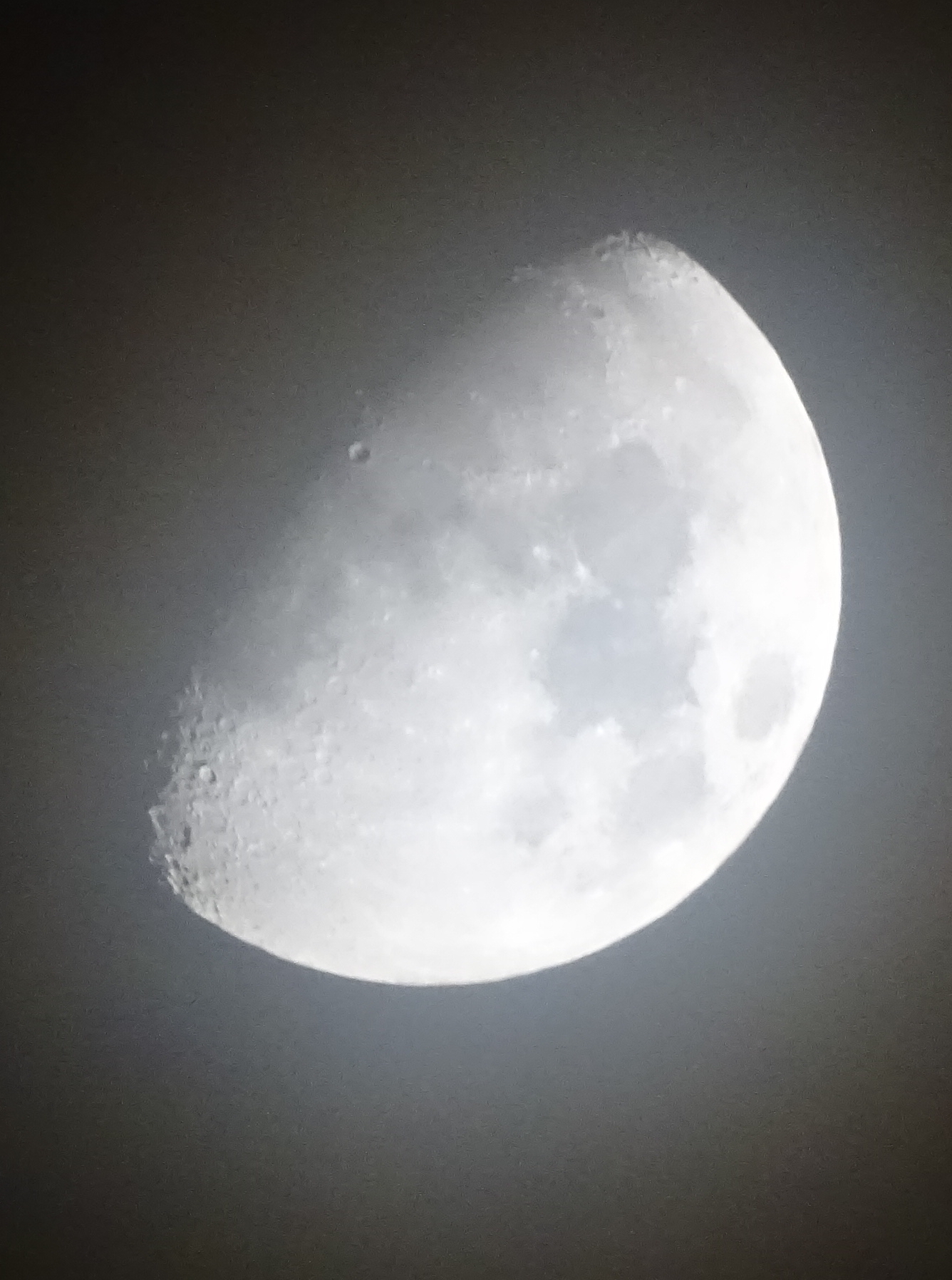
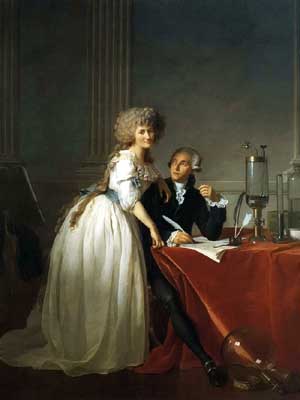
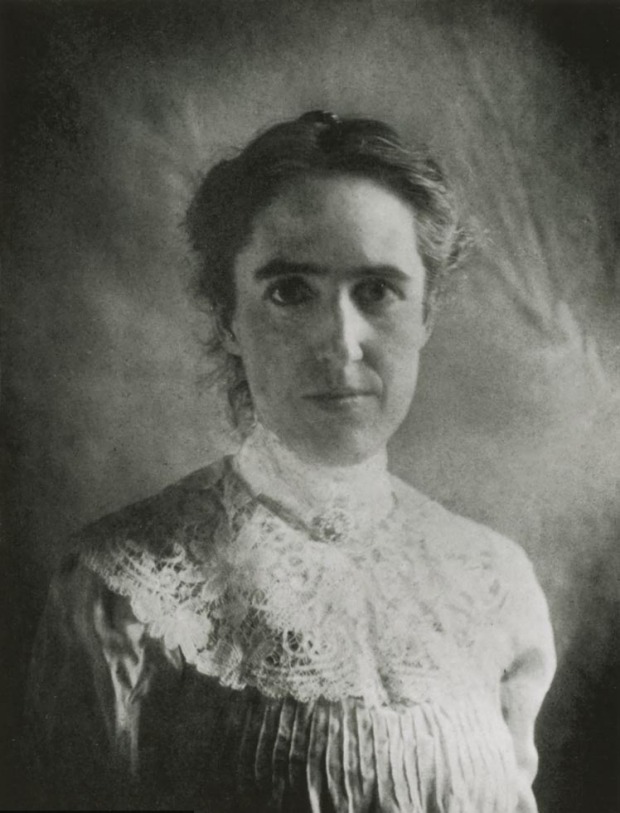
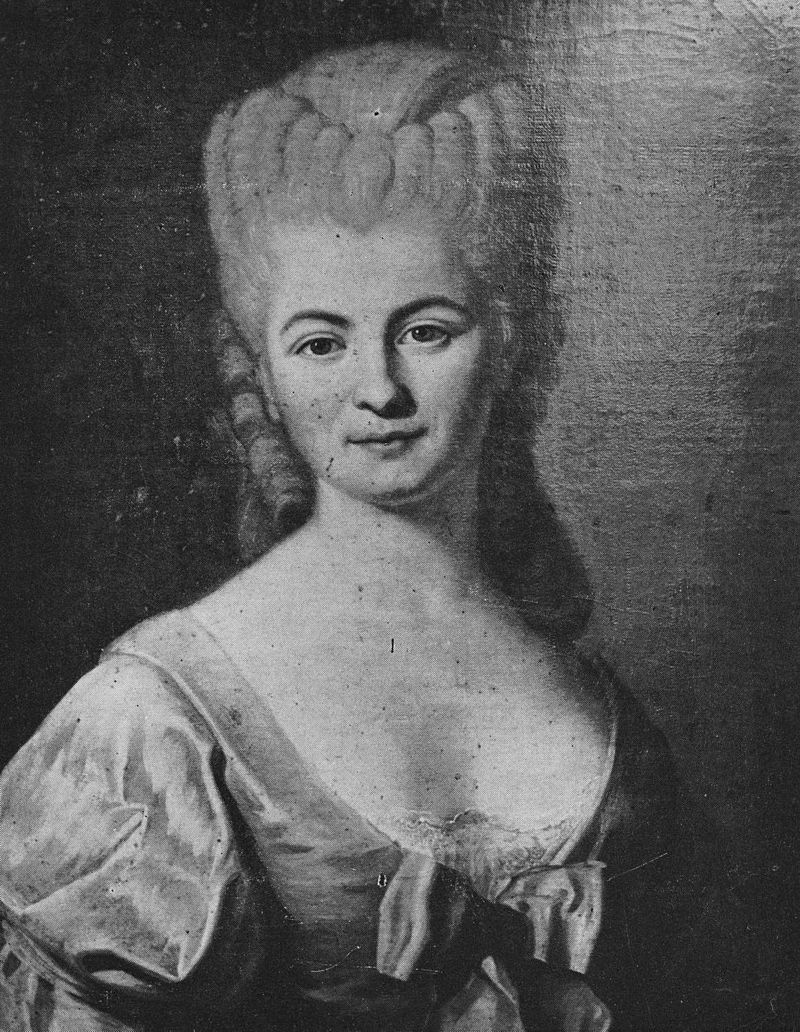
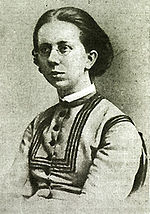
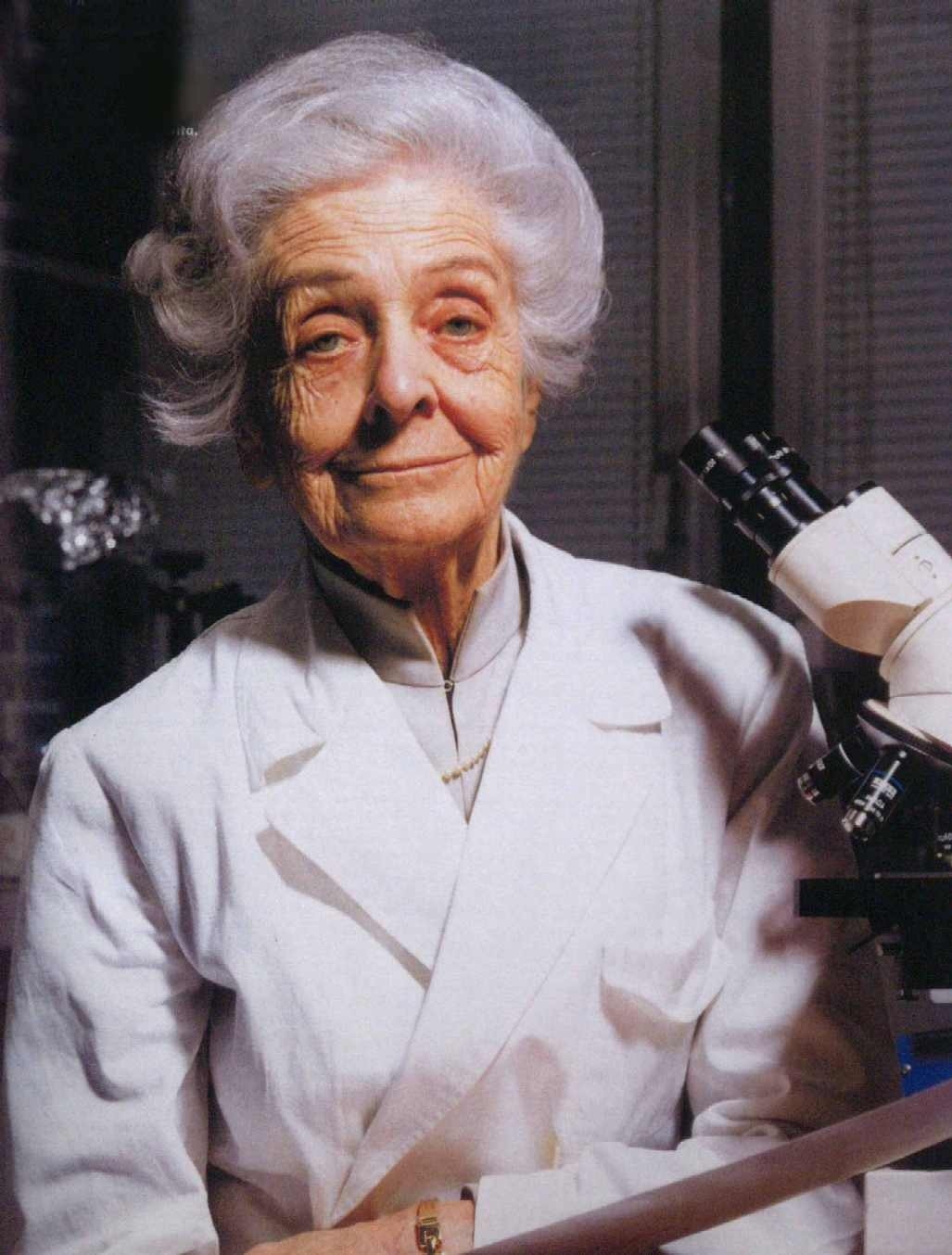
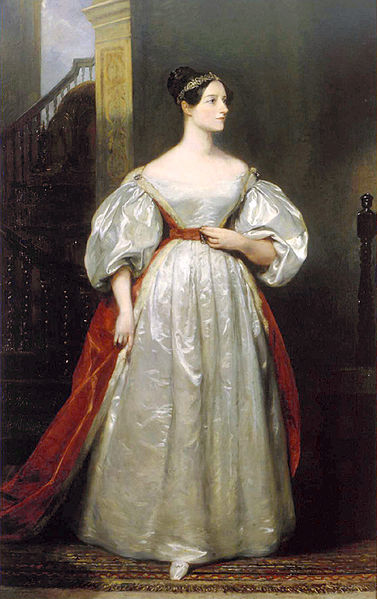
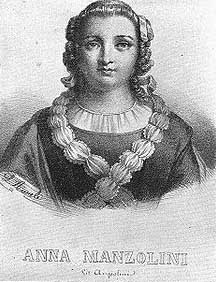
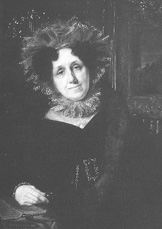
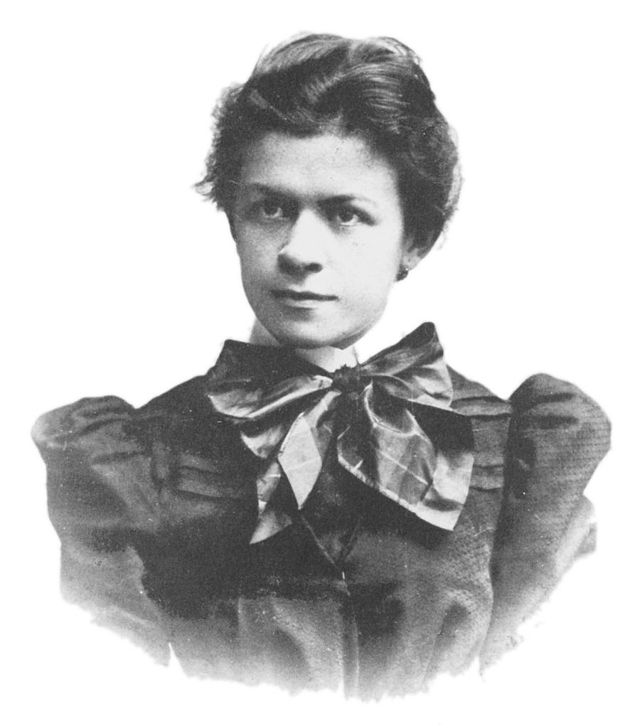
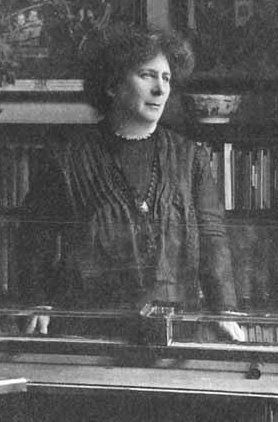
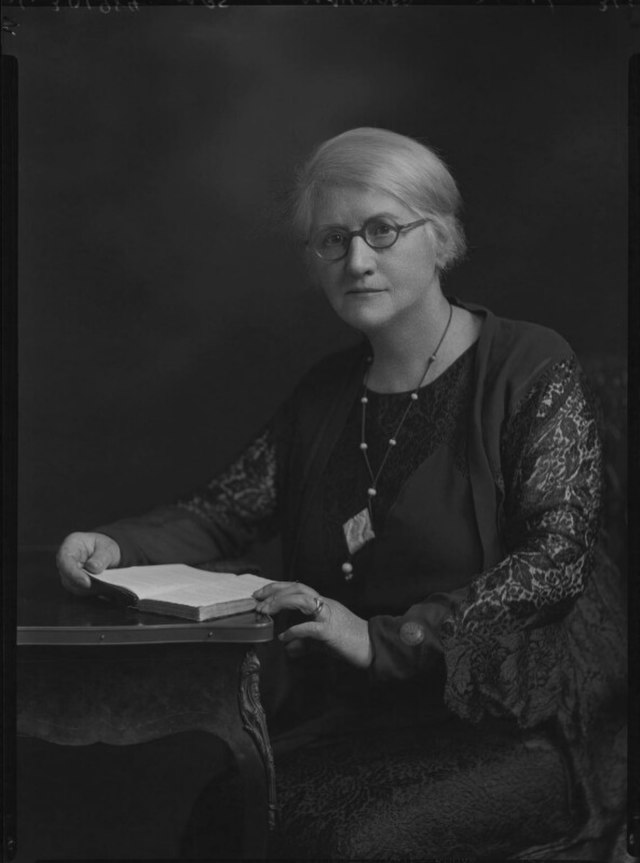
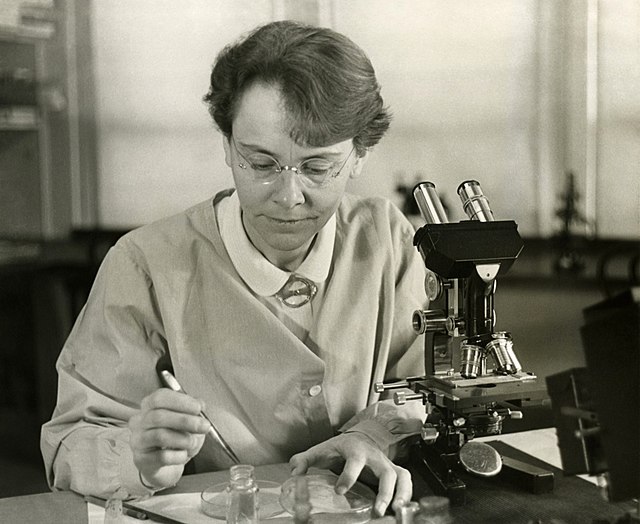
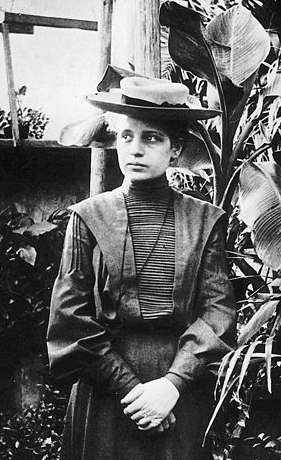
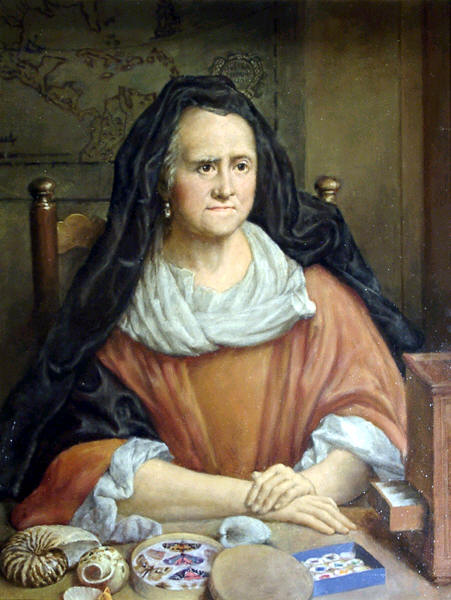
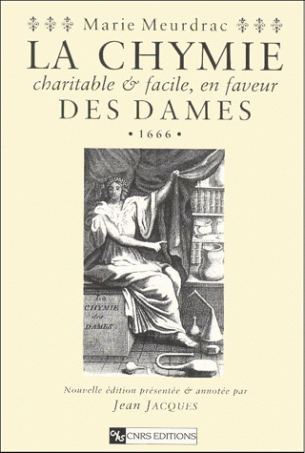

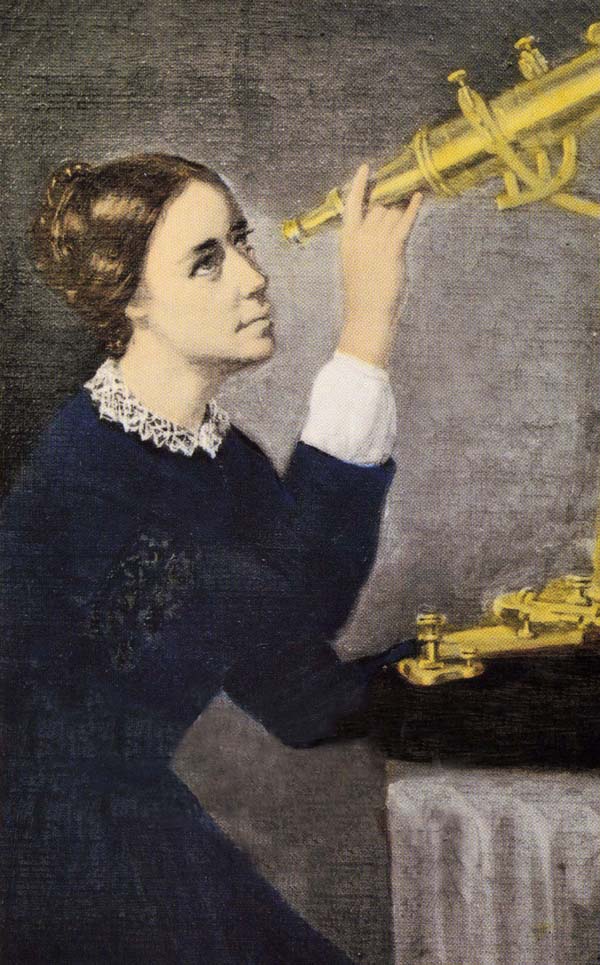
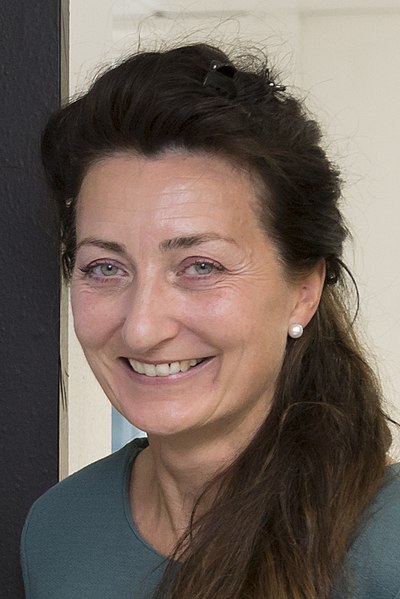
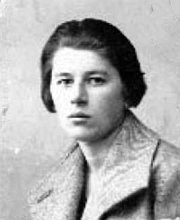
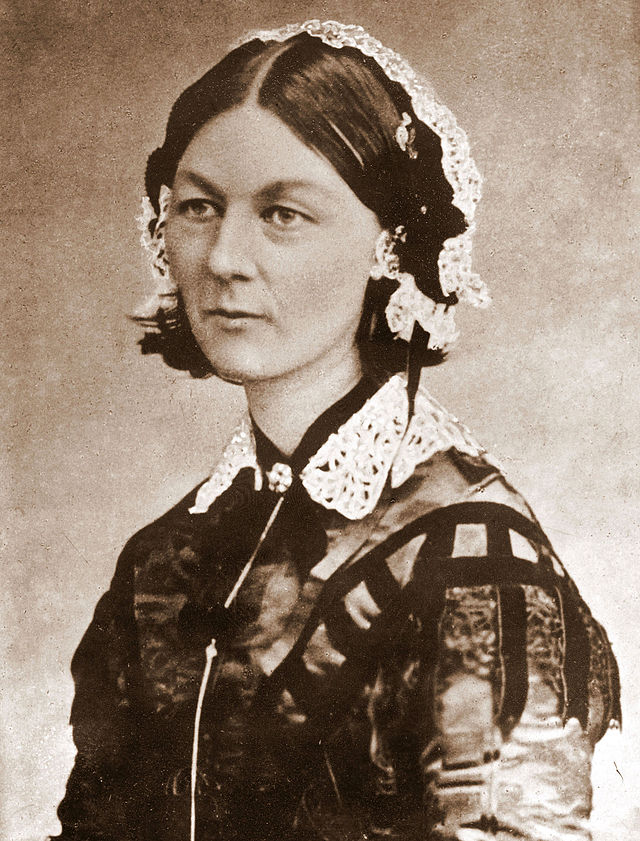
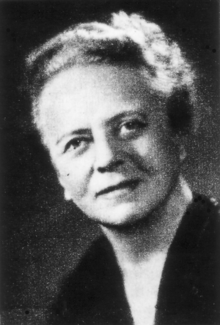
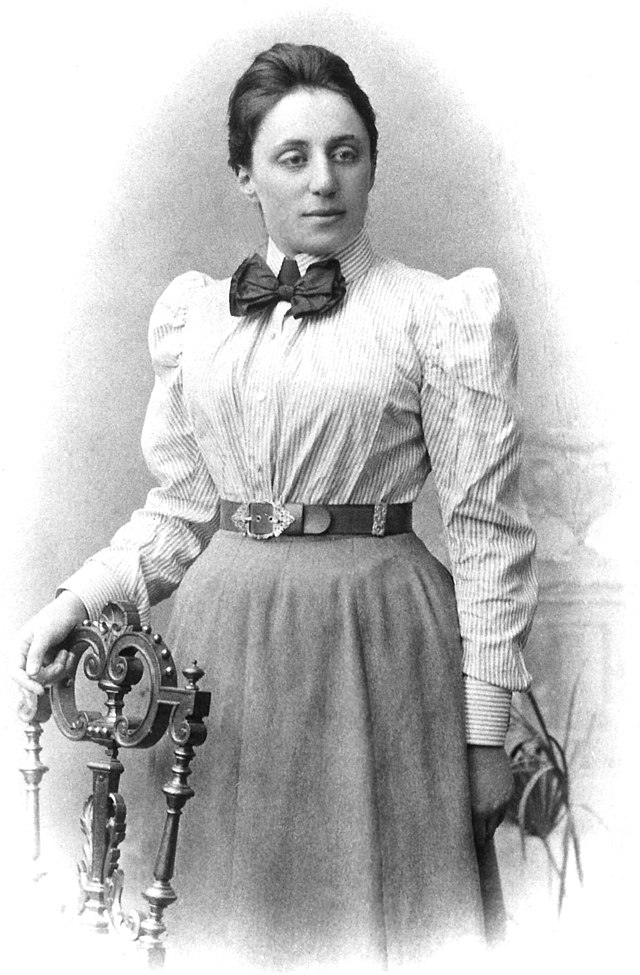

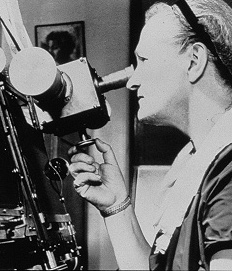
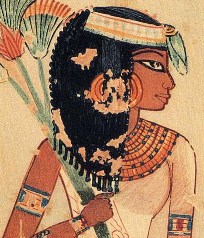
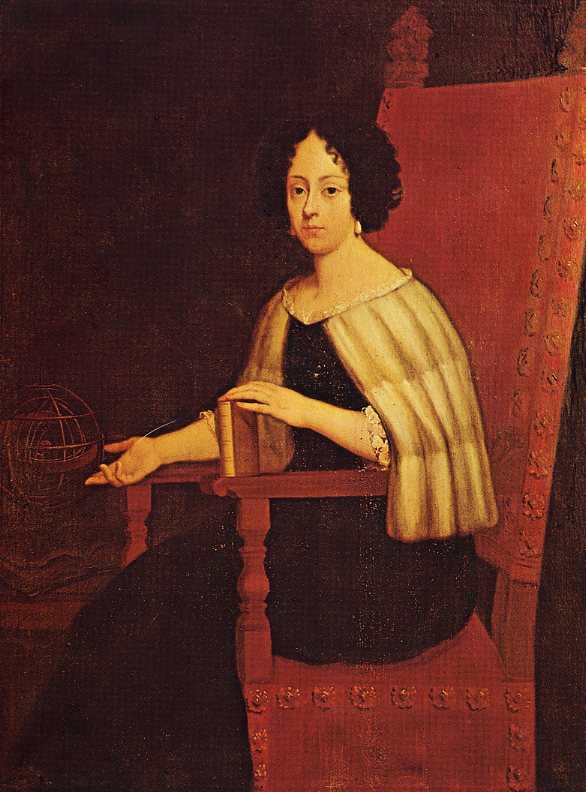

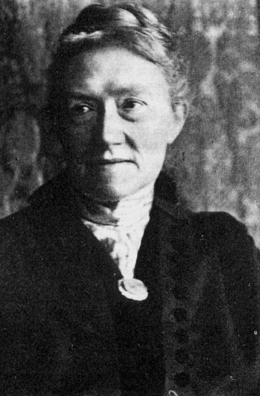
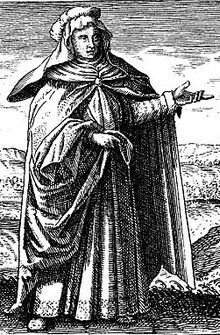
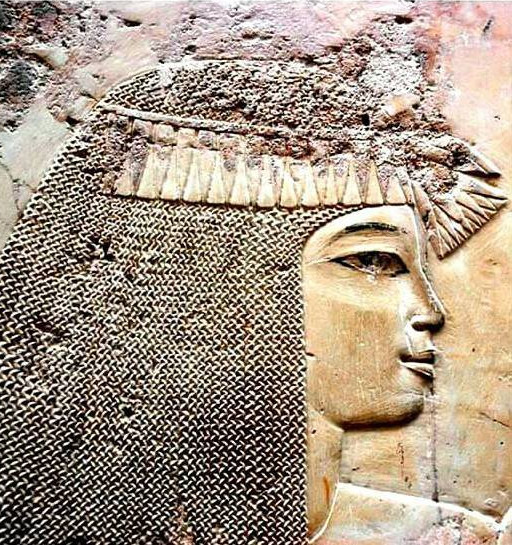
However, there is a doubt about the real existence of Merit Ptah, see: .

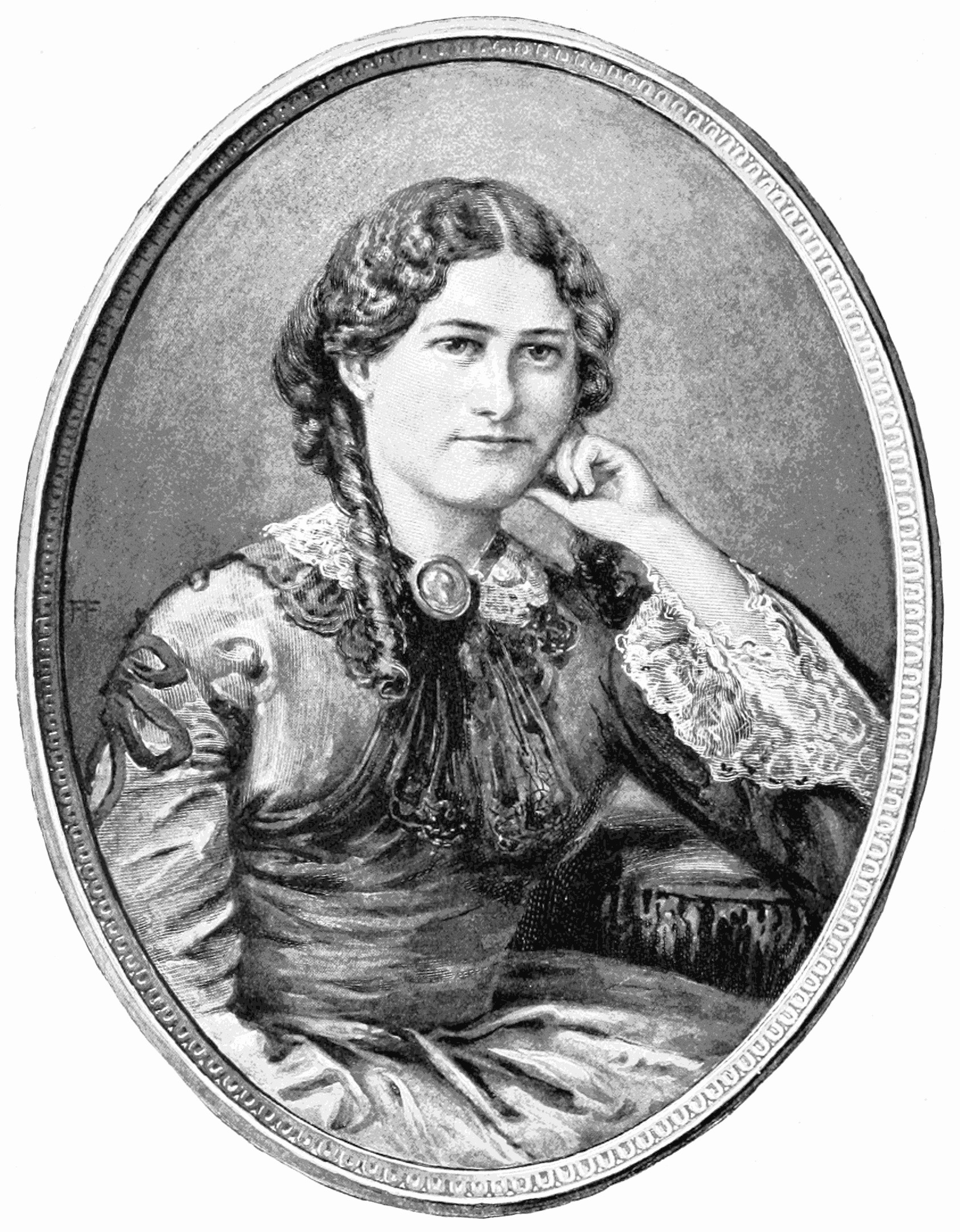

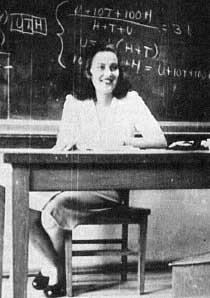

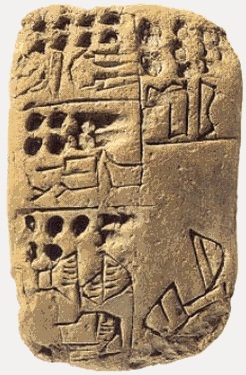
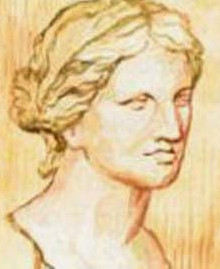
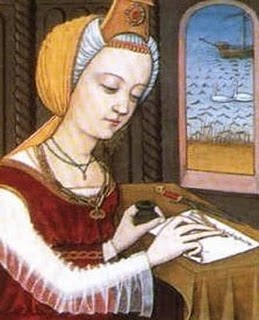
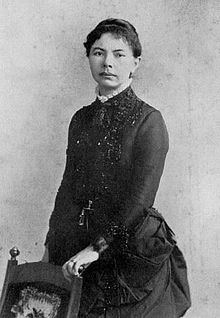
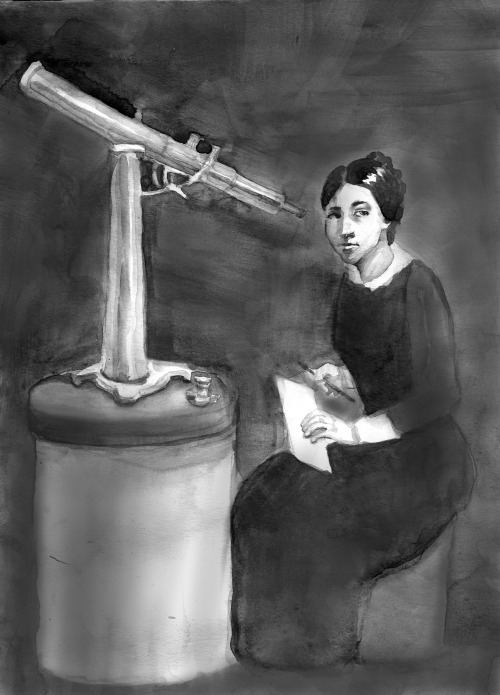
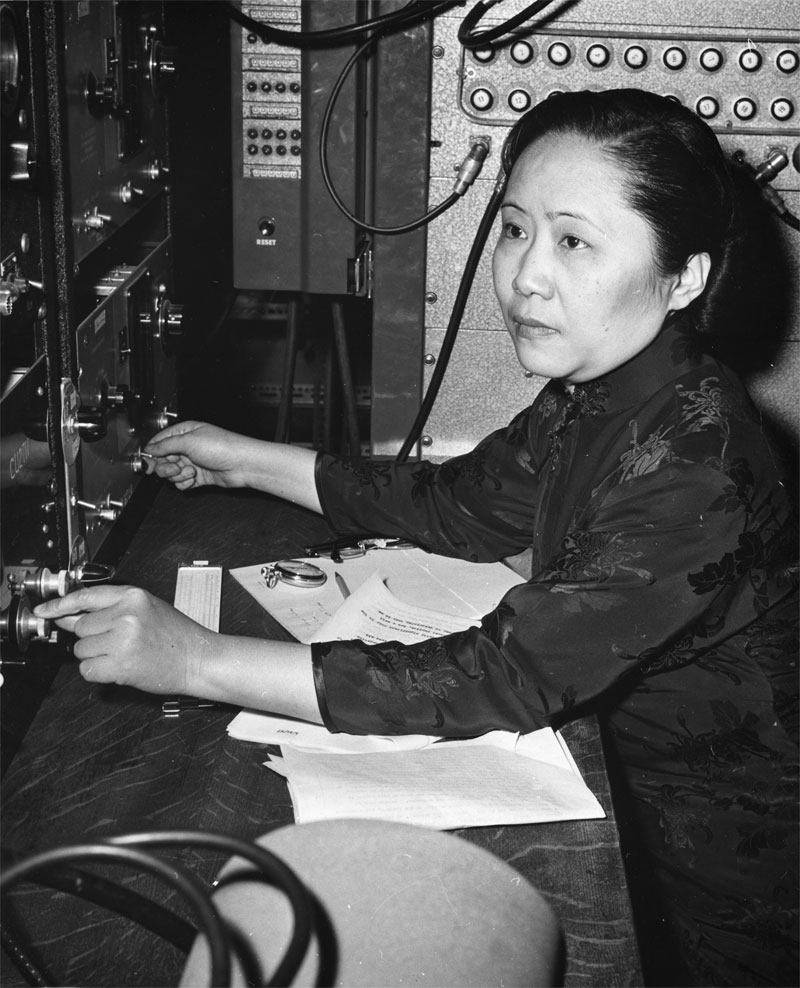
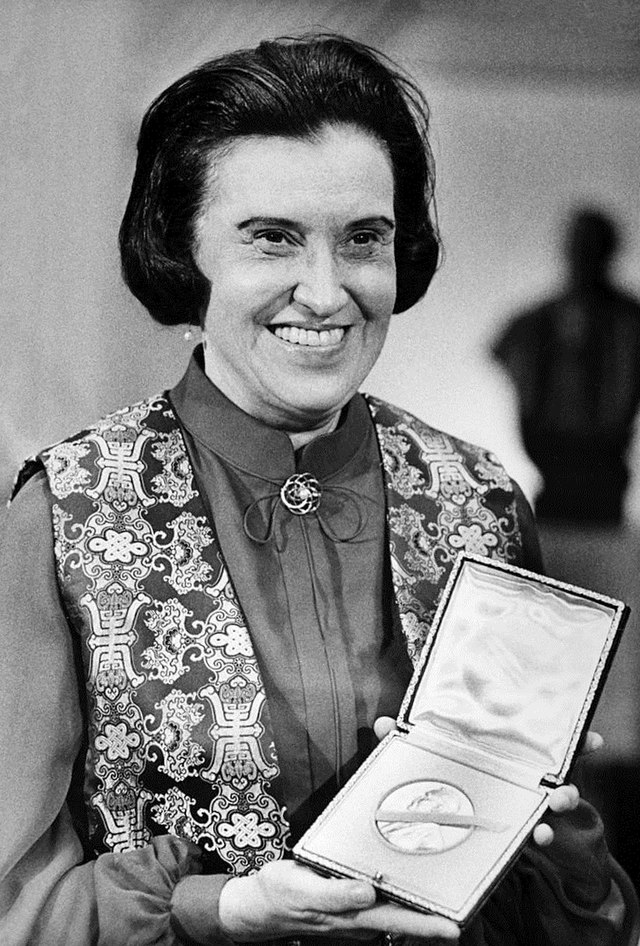
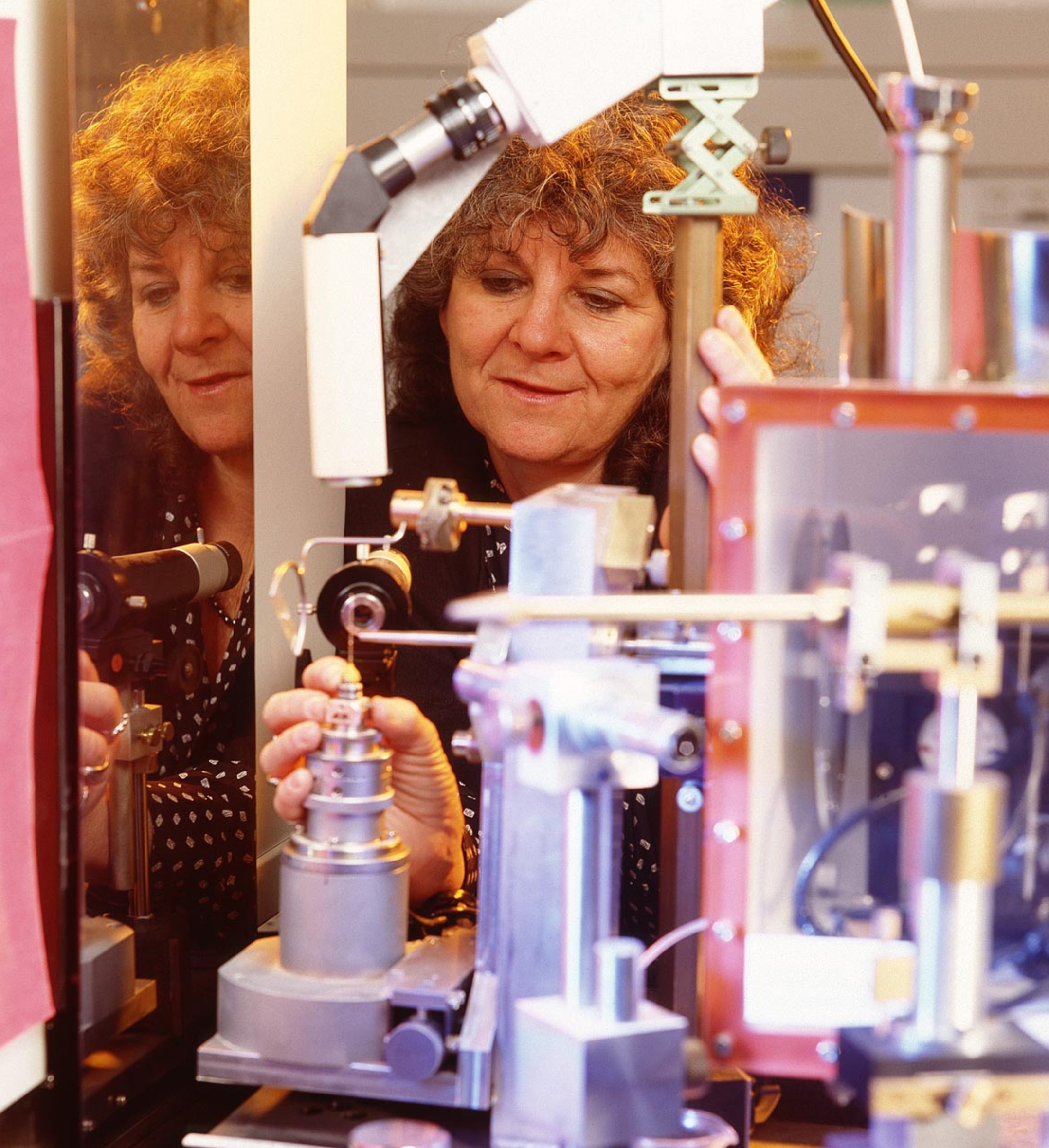


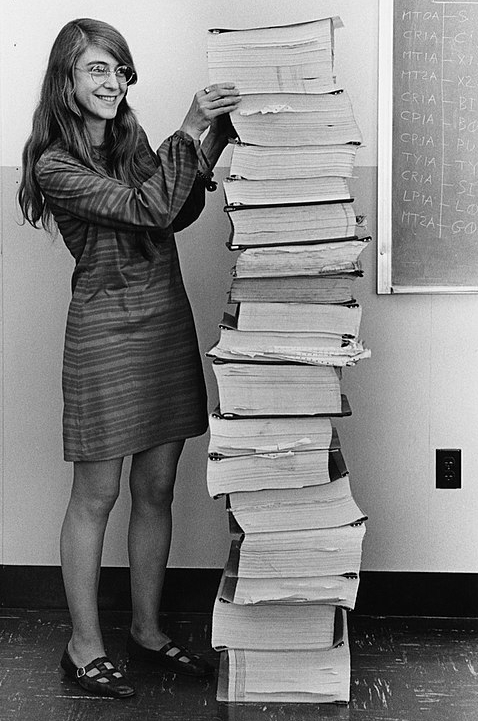
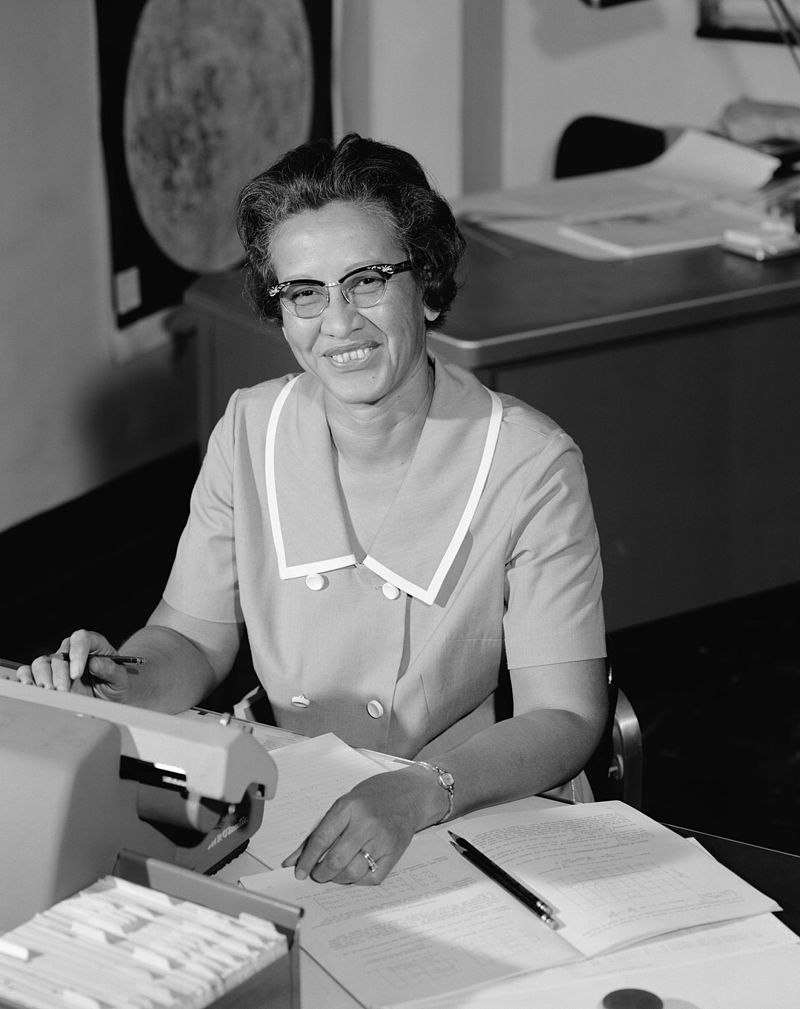
In 2016, Johnson was included in the list of "BBC 100 Women," BBC's list of 100 influential women worldwide. NASA stated, "Her calculations proved as critical to the success of the Apollo Moon landing program and the start of the Space Shuttle program, as they did to those first steps on the country's journey into space." Johnson has been portrayed in the media. In a 2016 episode of the NBC series Timeless, titled "Space Race," the mathematician is portrayed by Nadine Ellis. The highly-acclaimed December 2016 film Hidden Figures, based on the non-fiction book of the same title by Margot Lee Shetterly, follows Johnson and other female African-American mathematicians () who worked at NASA. Taraji P. Henson plays Johnson in the film. Johnson appeared alongside Henson at the 89th Academy Awards. In an earlier interview, Johnson offered the following comment about the movie: "It was well-done. The three leading ladies did an excellent job portraying us." Source:
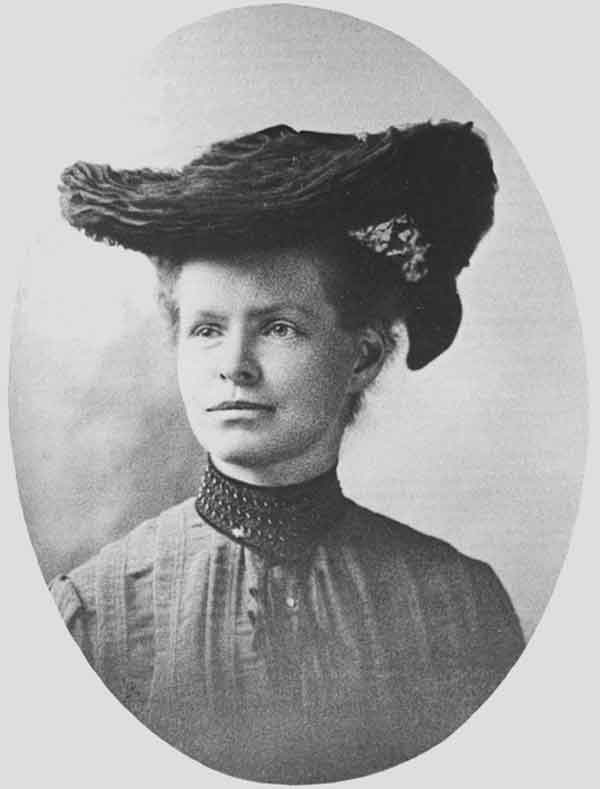
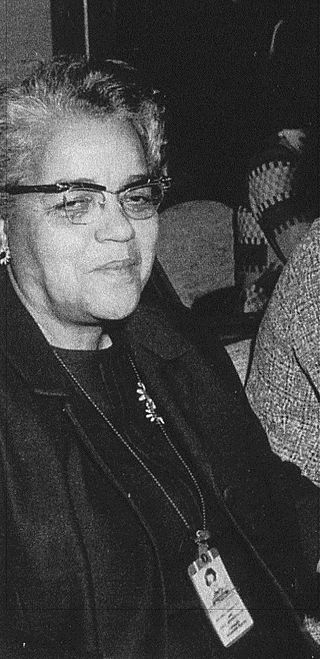
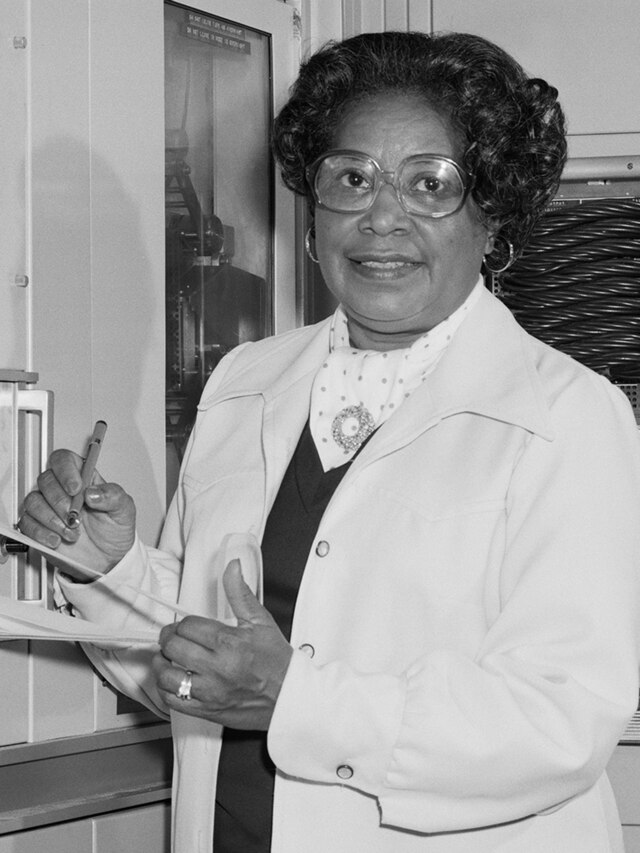
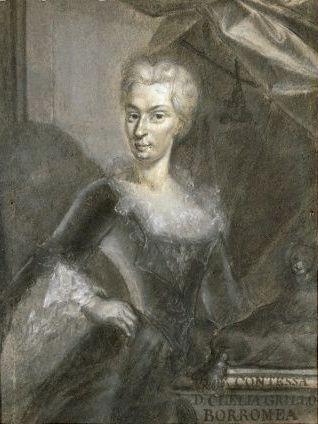
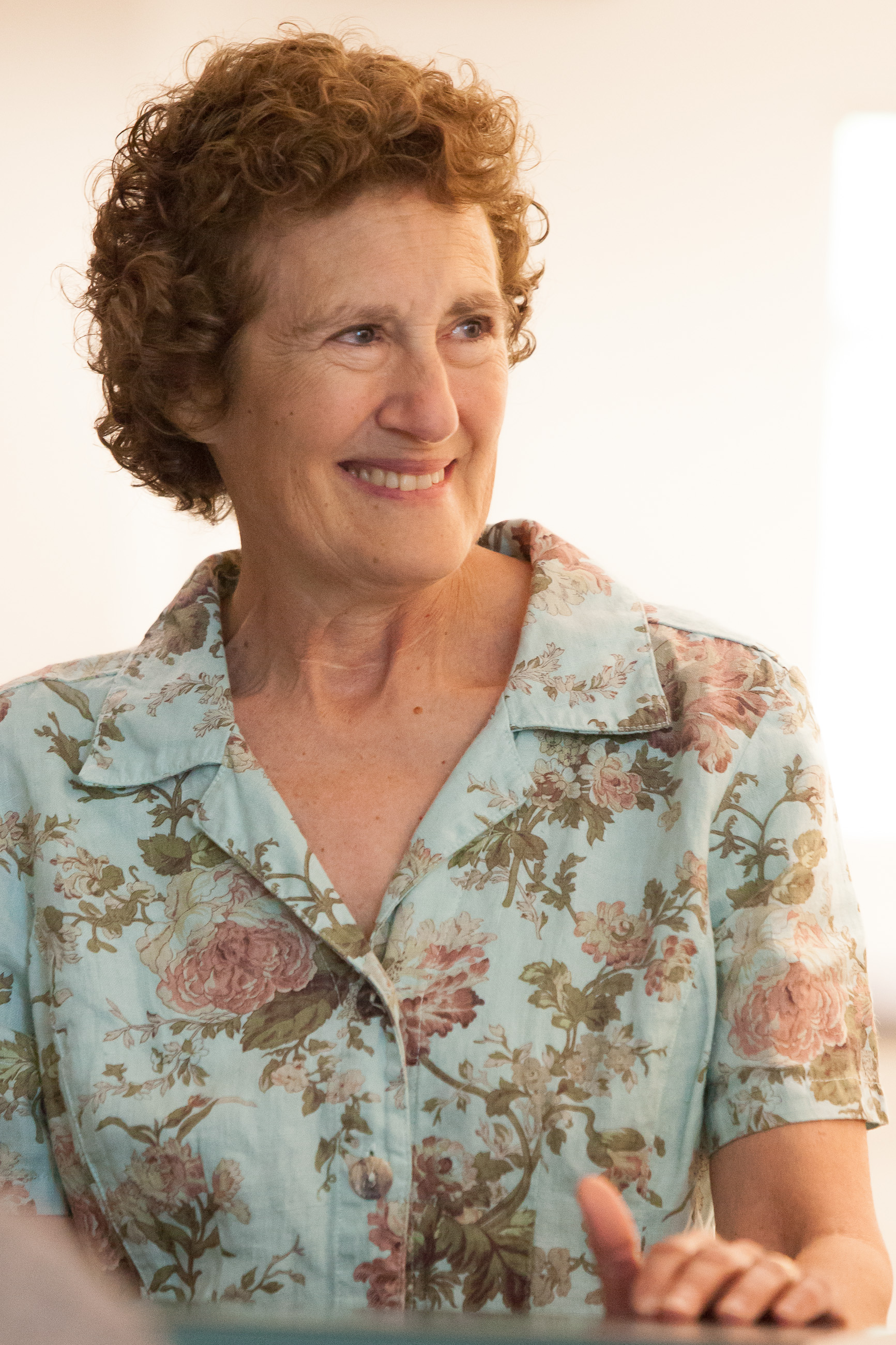
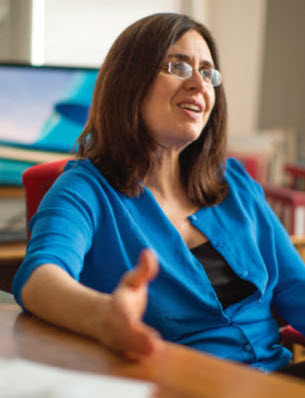
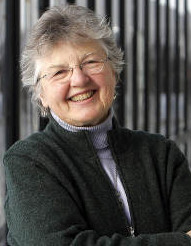
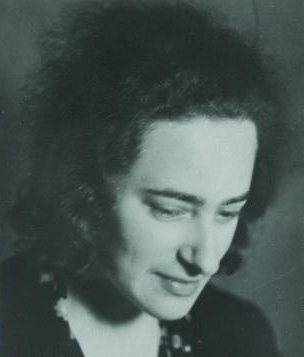
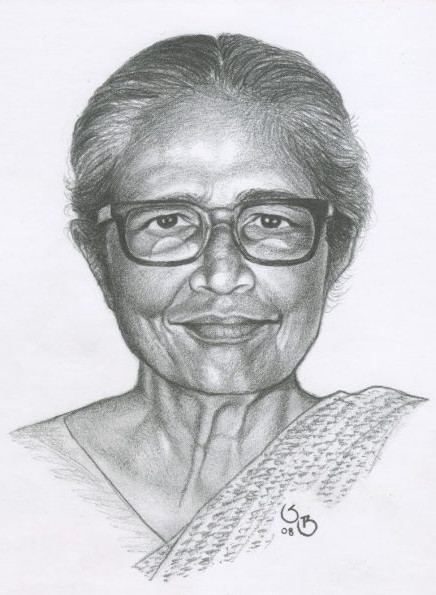
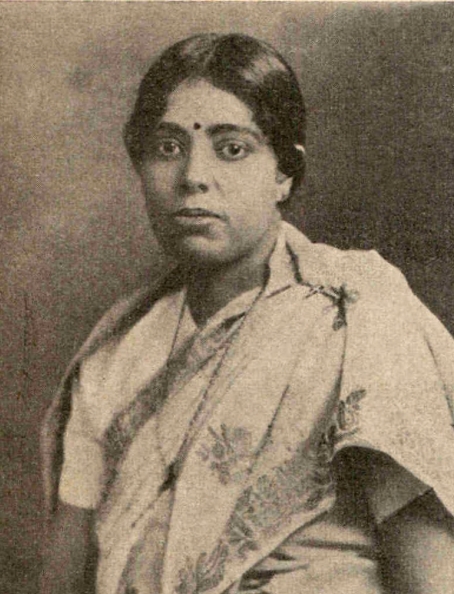

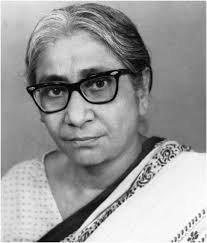
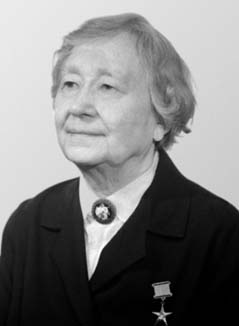

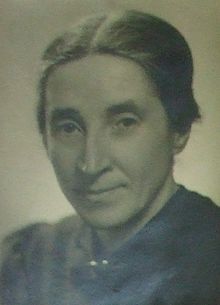
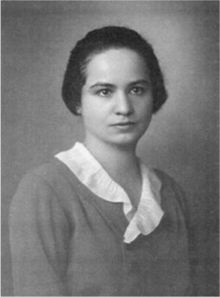

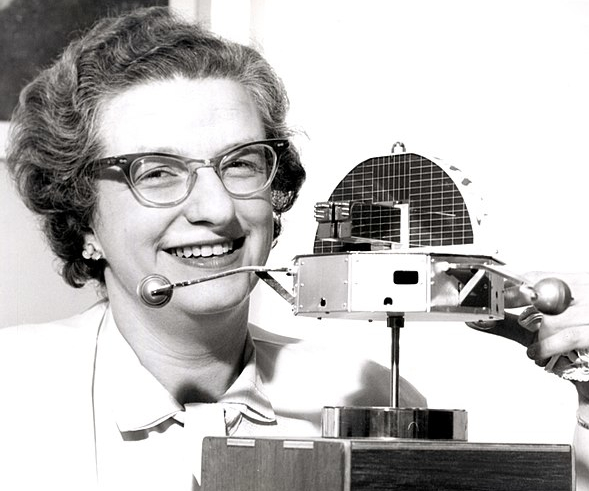
Nancy Grace Roman is an American astronomer who was one of the first female executives at NASA. She is known to many as the "Mother of Hubble" for her role in planning the Hubble Space Telescope. Throughout her career, Roman has also been an active public speaker and educator, and an advocate for women in the sciences. Roman was born in Nashville, Tennessee to music teacher Georgia Smith Roman and geophysicist Irwin Roman. Because of her father’s work, the family relocated to Oklahoma soon after Roman's birth. Roman and her parents moved to Houston, New Jersey, and to Michigan and Nevada later on. After 1955, she lived in Washington, DC. Roman considered her parents to be major influences in her interest in science. Outside of her work Roman enjoyed going to lectures and concerts and was active in the American Association of University Women. When Roman was eleven years old she showed interest in astronomy by forming an astronomy club among her classmates in Nevada. She and her classmates got together and learned about constellations from books once a week. Although discouraged by those around her, Roman knew by the time she was in high school that she wanted to pursue her passion for astronomy. She attended Western High School in Baltimore where she participated in an accelerated program and graduated in three years. Roman attended Swarthmore College in 1946 where she received her Bachelor of Arts in Astronomy. While she studied there, she worked at the Sproul Observatory. After this she went on to receive her PhD in the same field at the University of Chicago in 1949. She stayed at the university for six more years working at the Yerkes Observatory, sometimes traveling to the McDonald Observatory in Texas to work as a research associate with W.W. Morgan. The research position was not permanent so Roman became an instructor and later an assistant professor. Roman eventually left her job at the university because of the difficulty for a woman at the time to receive tenure for a research position. Roman continued to be involved with her alma maters as she worked on the Board of Managers for Swarthmore College from 1980 to 1988. Whilst working at Yerkes Observatory of the University of Chicago, Roman observed the star AG Draconis and serendipitously discovered that its emission spectrum had completely changed since earlier observations. She later credited the publication of that discovery as a stroke of luck that substantially raised her profile within the astronomical community, contributing to her career progression. After leaving the University of Chicago, Roman went to the Naval Research Laboratory and entered the radio astronomy program. Roman’s work at the NRL included using nonthermal radio source spectra and doing geodetic work. In the program she became the head of the microwave spectroscopy section. At a lecture by Harold Urey, Roman was approached by Jack Clark who asked if she knew someone interested in creating a program for space astronomy at NASA. She interpreted that as an invitation to apply, and was the one who accepted the position. Roman was the first Chief of Astronomy in NASA's Office of Space Science, setting up the initial program; she was the first woman to hold an executive position at the space agency. Part of her job was traveling the country and speaking at astronomy departments, where she discussed the fact that the program was in development. Roman also was looking to find out what other astronomers wanted and educate them on the advantages of observing from space. She was chief of astronomy and solar physics at NASA from 1961 to 1963. She held various other positions in NASA, including Chief of Astronomy and Relativity. During her employment at NASA, Roman developed and budgeted various programs, and organized their scientific participation. She was involved in launching three Orbiting Solar Observatories and three Small Astronomical Satellites. These satellites used ultraviolet and x-ray technology for observing the sun, space and sky. She also oversaw the launches of other Orbiting Astronomical Observatories that used optical and ultraviolet measurements, working with Dixon Ashworth. Her other launches included four Geodetic satellites. She planned for other smaller programs such as the Astronomy Rocket Program, High Energy Astronomy Observatories, the Scout Probe to measure the relativistic gravity redshift and other experiments on Spacelab, Gemini, Apollo and Skylab. Roman worked with Jack Holtz, too, on the Small Astronomy Satellite and Don Burrowbridge on Space Telescope. The last program in which she set up the committee and with which she was highly involved was the Hubble Telescope. Roman was very involved with the early planning and specifically the setting up of the program's structure. Because of her contribution she is often called the “Mother of Hubble." NASA’s current chief astronomer, who worked with Roman at the agency, calls her “the mother of the Hubble Space Telescope.” “Which is often forgotten by our younger generation of astronomers who make their careers by using Hubble Space Telescope," says Ed Weiler. "Regretfully, history has forgotten a lot in today’s Internet age, but it was Nancy in the old days before the Internet and before Google and e-mail and all that stuff, who really helped to sell the Hubble Space Telescope, organize the astronomers, who eventually convinced Congress to fund it.” After working for NASA for twenty-one years, she continued, until 1997, her work for contractors who supported the Goddard Space Flight Center. Roman was also a consultant for ORI, Inc. from 1980 to 1988. Roman faced the problems of being a woman in the sciences in the mid twentieth century like most other women. She was discouraged from going into astronomy by people around her and was one of very few women in NASA at the time, being the only female with an executive position. She attended courses called "Women in Management" in Michigan and at Penn State to learn about issues regarding being a woman in a management position. However, Roman stated in an interview in 1980 that the courses were dissatisfying and addressed women’s interests rather than women’s problems. One of Nancy Roman’s earliest publications was in 1955, after her work in the Yerkes and McDonald Observatories, in the Astrophysical Journal: Supplemental Series and was a catalog of high velocity stars. She documented new “spectral types photoelectric magnitudes and colors and spectroscopic parallaxes for about 600 high-velocity stars.” Then in 1959, Roman wrote a paper on the detection of extraterrestrial planets. Roman also discovered that stars made of hydrogen and helium move faster than stars composed of other heavier elements. One of her other discoveries was finding that not all stars that were common were the same age. This was proven by comparing hydrogen lines of the low dispersion spectra in the stars. She noticed that the stars with the stronger lines moved closer to the center of the Milky Way and the others moved in more elliptical patterns off of the plane of the galaxy. She also did research and published on the subjects of locating constellations from its 1875.0 position explaining how she found this and a paper on the Ursa Major Group for her thesis. Source:

Announcement of results At the time, the laboratories at the Armand-Trousseau hospital did not have a microscope capable of capturing images of the slides. Gautier entrusted her slides to Jérôme Lejeune, an intern at CNRS, who offered to take pictures in another laboratory better equipped for this task. In August 1958 the photographs identified the supernumerary chromosome in Down syndrome patients. However Lejeune did not return the slides, but instead reported the discovery as his own. In January 1959, by studying new cases and to forestall similar research by the English, the Trousseau laboratory announced the results of the analysis of the slides in the Proceedings of the Academy of Sciences through a paper published with Lejeune as first author, Gautier second (her surname misspelled) and Turpin last author. The Turpin team identified the first translocation and the first chromosomal deletion, resulting in publications Gautier co-signed. Attribution of the discovery In April 1960, the condition was named trisomy 21. As of 1970 the Lejeune foundation started to promote the discovery as sole work of Leujeune - omitting the co-authors. Gautier has told how she was put to one side by Turpin and by Lejeune who claimed responsibility for the discovery, even though it relied on the work that she had initiated and directed technically. Aware of having been manipulated Gautier decided to abandon trisomy 21 and to return to caring for children affected by cardiopathy. On 31 January 2014, Gautier was due to speak about her role in the discovery at the seventh biennial congress on human and medical genetics in Bordeaux, and to receive the grand prize of the French Federation of Human Genetics. The Jérôme Lejeune Foundation obtained authorisation from the Bordeaux Tribunal de Grande Instance for bailiffs to be sent to film this session. At the last minute, concerned that the recording might be used in legal proceedings it could not afford to defend, the congress organisers decided to cancel her presentation and she received her award privately instead. The ethics committee of the INSERM has issued a note in July 2014, reminding the decisive role of Marthe Gautier, and has built upon this case to remind the international rules currently in vigor for scientific publications and authors list. The note precises that "history of discovery is not identical to the history of science, and the process of validating knowledge remains very different«. The technical approach is a necessary condition for discovery- key role of Marthe Gautier : but quite often it must be extended pour make recognition emerge – priori contribution of Raymond Turpin and thereafter Jérôme Lejeune. As the discovery of trisomy would have been impossible without the mandatory contributions of Raymond Turpin and Marthe Gautier, it is regrettable that their names were not sustematically associated with this discovery, as much in terms of communication but also in the assignement of various awards and distinctions." Marthe Gautier was directly appointed to the rank of Officer of the French Legion of Honor and was decorated on September 16th, 2014. Marthe Gautier has, in the past, declined this distinction twice before consenting to it "by indignation towards the impudence of the Lejeune Foundation”
Source:
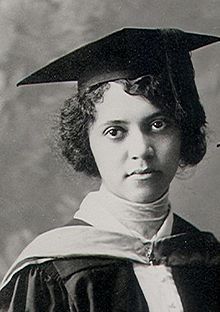
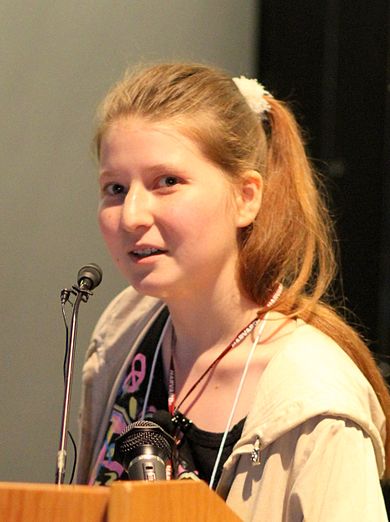
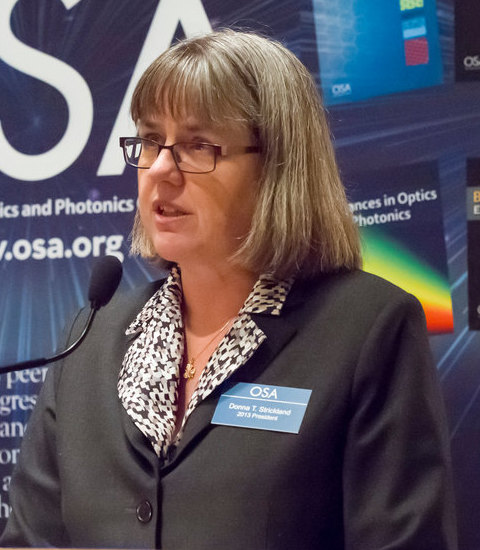
Donna Strickland is a Canadian associate professor who is a pioneer in the field of lasers. She is the third woman to win the . She won the prize for the work she did as a PhD student. The technique she developed with her PhD advisor, Gérard Mourou, called chirped pulse amplification, is used for producing ultrashort pulses of very high intensity, useful in laser micromachining, surgery, medicine, and in fundamental science studies. Strickland graduated with a B.Eng in Engineering Physics from McMaster University and obtained her PhD in Optics Physics at the University of Rochester in 1989. Strickland is an associate professor at the University of Waterloo, where she leads an ultrafast laser group that develops high-intensity laser systems for nonlinear optics investigations. On 2 October 2018, Strickland was awarded the Nobel Prize in Physics for her work on chirped pulse amplification with Gérard Mourou, who was her PhD supervisor. Her pioneering work on the "Compression of amplified chirped optical pulses" was published in 1985, and led to the development of the field of high intensity, ultrashort pulses of light beams. Strickland's recent work has focused on pushing the boundaries of ultrafast optical science to new wavelength ranges such as the mid-infrared and the ultraviolet, using techniques such as two-color or multi-frequency techniques, as well as Raman generation. She is also working on the role of high power lasers in the microcrystalline lens of the human eye, during the process of micromachining of the eye lens to cure presbyopia. In her professional capacity, she has served as the vice-president (2011) and the president (2013) of the Optical Society, and was a topical editor of the journal Optics Letters from 2004 to 2010. Awards and honors 1998 Alfred P. Sloan Research Fellowship 1999 Premier's Research Excellence Award 2000 Cottrell Scholars Award from Research Corporation 2008 Fellow of the Optical Society of America 2018 Nobel Prize in Physics Source:

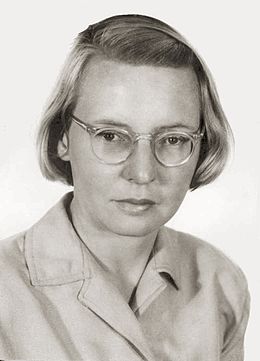
Ruby Violet Payne-Scott was an Australian pioneer in radiophysics and radio astronomy, and was the first female radio astronomer. Payne-Scott was born on 28 May 1912 in Grafton, New South Wales, the daughter of Cyril Payne-Scott and his wife Amy (née Neale). She later moved to Sydney to live with her aunt. She attended the Penrith Public Primary School from 1921 to 1924. She attended the Cleveland-Street Girls High School in Sydney from 1925 to 1926. She completed secondary schooling at Sydney Girls High School. Her school Leaving Certificate included honours in mathematics and botany. She won two scholarships to undertake tertiary education at the University of Sydney, where she studied physics, chemistry, mathematics and botany. She completed a B.Sc. in Physics in 1933, an M.Sc. in Physics in 1936, and a Diploma of Education in 1938. One of the more outstanding physicists Australia has ever produced and one of the first people in the world to consider the possibility of radio astronomy, and thereby responsible for what is now a fundamental part of the modern lexicon of science, she was often the only woman in her classes at the University of Sydney. In 1936 she conducted research with William H. Love at the Cancer Research Laboratory at the University of Sydney. They determined that the magnetism of the earth had little or no effect on the vital processes of beings living on the earth by cultivating chick embryos with no observable differences despite being in magnetic fields up to 5000 times as powerful as that of the earth. Some decades earlier it was a widely held belief that the earth's magnetic field produced extensive effects on human beings, and many people would sleep only with the head to the north and the body parallel to the magnetic meridian. Her career arguably reached its zenith while working for the Australian government's Commonwealth Scientific and Industrial Research Organisation (then called CSIR, now known as CSIRO) at Dover Heights, Hornsby and especially Potts Hill in Sydney. Some of her fundamental contributions to solar radio astronomy came at the end of this period. She is the discoverer of Type I and Type III bursts[14] and participated in the recognition of Type II and IV bursts. Payne-Scott played a major role in the first-ever radio astronomical interferometer observation from 26 January 1946, when the sea-cliff interferometer was used to determine the position and angular size of a solar burst. This observation occurred at either Dover Heights (ex Army shore defence radar) or at Beacon Hill, near Collaroy on Sydney's north shore (ex Royal Australian Air Force surveillance radar establishment – however this radar did not become active until early 1950). During World War II, she was engaged in top secret work investigating radar. She was the expert on the detection of aircraft using PPI (Plan Position Indicator) displays. She was also at the time a member of the Communist Party and an early advocate for women's rights. The Australian Security Intelligence Organisation (ASIO) was interested in Payne-Scott and had a substantial file on her activities, with some distortions. Ruby Payne-Scott and William ("Bill") Holman Hall secretly married in 1944; at this time, the Commonwealth government had legislated for a marriage bar specifying that married woman could not hold a permanent position within the public service. She continued to work for CSIRO while secretly married until the regulations of the new CSIRO in 1949 raised the issue of her marriage. The following year, her treatment by CSIRO resulted in hostile written exchanges with Sir Ian Clunies Ross (Chairman of CSIRO) about the status of married women in the work place. She lost her permanent position in CSIRO. However, her salary was maintained at a level comparable to that of her male colleagues. In 1951, she resigned a few months before her son Peter was born; there was no maternity leave at this time. She changed her name to Ruby Hall only after she left CSIRO. Ruby and Bill Hall had two children: Peter Gavin Hall, a mathematician working in theoretical statistics and probability theory, and Fiona Margaret Hall, one of Australia's more prominent artists, whose career is described by Julie Ewington in her 2005 book Fiona Hall. Ruby Payne-Scott died in Mortdale, New South Wales, 25 May 1981, three days short of her 69th birthday. She suffered from Alzheimer's disease in the last years of her life. In 2018 the New York Times wrote a belated obituary for her. Source:
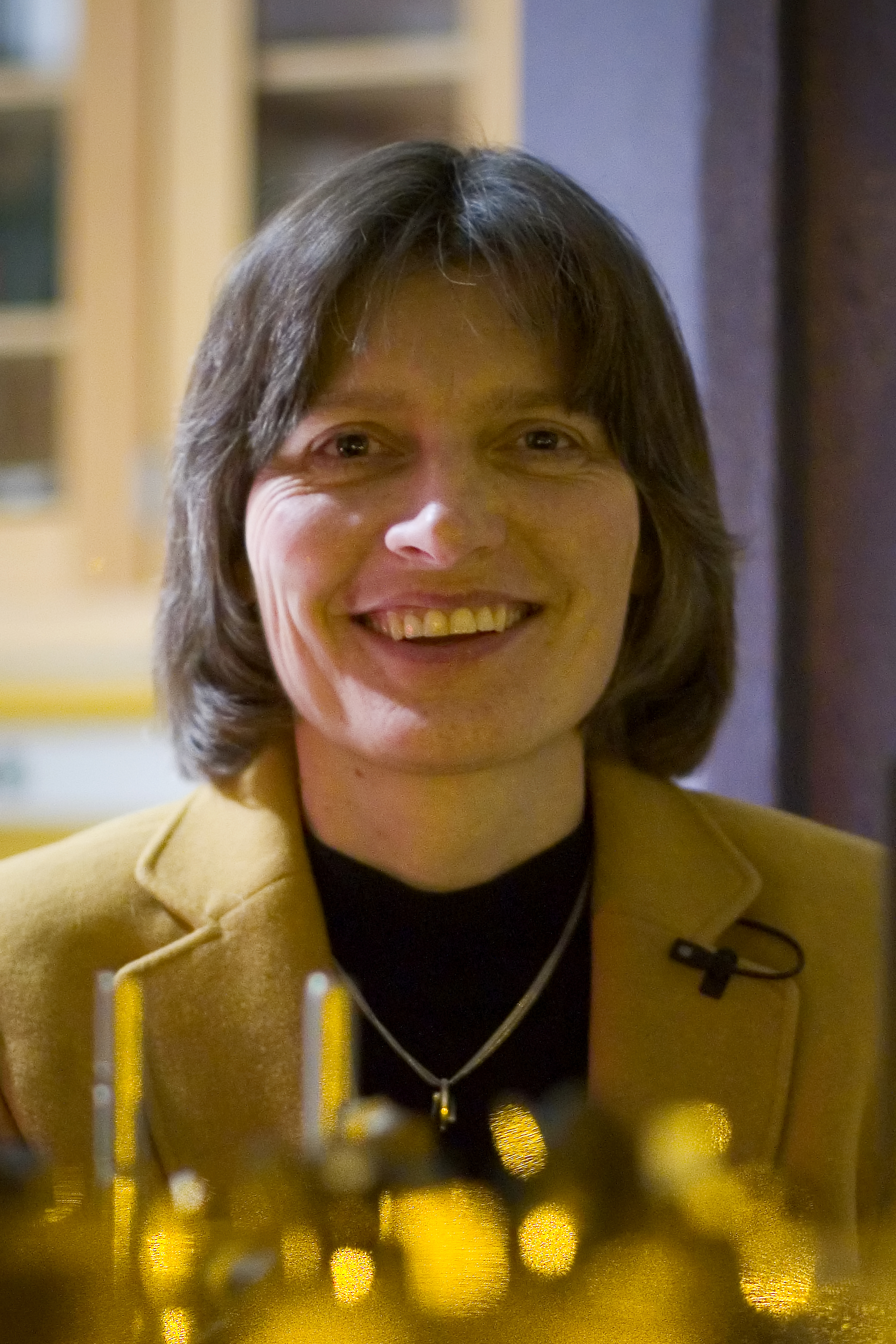
Lene Vestergaard Hau is a Danish physicist who is currently the Mallinckrodt Professor of Physics and of Applied Physics at Harvard University. She received a PhD from Aarhus University. In 1999, she led a Harvard University team who, by use of a Bose-Einstein condensate, succeeded in slowing a beam of light to about 17 metres per second, and, in 2001, was able to stop a beam completely. Later work based on these experiments led to the transfer of light to matter, then from matter back into light, a process with important implications for quantum encryption and quantum computing. More recent work has involved research into novel interactions between ultracold atoms and nanoscopic-scale systems. In addition to teaching physics and applied physics, she has taught Energy Science at Harvard, involving photovoltaic cells, nuclear power, batteries, and photosynthesis. As well as her own experiments and research, she is often invited to speak at international conferences, and is involved in structuring the science policies of various institutions. She was keynote speaker at EliteForsk-konferencen 2013 ("Elite Research Conference") in Copenhagen, which was attended by government ministers, as well as senior science policy and research developers in Denmark. In acknowledgment of her many achievements, Discover Magazine recognized her in 2002 as one of the 50 most important women in science. After being awarded her bachelor's degree in Mathematics in 1984, Hau continued to study at the University of Aarhus for her master's degree in Physics which was awarded two years later. For her doctoral studies in quantum theory Hau worked on ideas similar to those involved in fibre optic cables carrying light, but her work involved strings of atoms in a silicon crystal carrying electrons. While working towards her doctorate Hau spent seven months at CERN, the European Laboratory for Particle Physics near Geneva. She received her doctorate from the University of Aarhus in Denmark in 1991, but by this time her research interests had changed direction. In 1991 she joined the Rowland Institute for Science at Cambridge, Massachusetts as a scientific staff member, beginning to explore the possibilities of slow light and cold atoms. In 1999, Hau accepted a two-year appointment as a postdoctoral fellow at Harvard University. Her formalized training is in theoretical physics but her interest moved to experimental research in an effort to create a new form of matter known as a Bose–Einstein condensate. "Hau applied to the National Science Foundation for funds to make a batch of this condensate but was rejected on the grounds that she was a theorist for whom such experiments would be too difficult to do." Undeterred, she gained alternative funding, and became one of the first handful of physicists to create such a condensate. In September 1999 she was appointed the Gordon Mckay Professor of Applied Physics and Professor of Physics at Harvard. She was also awarded tenure in 1999, and is now Mallinckrodt Professor of Physics and Applied Physics at Harvard. In 2001 she became the first person to stop light completely, using a Bose–Einstein condensate to achieve this. Since then she has produced copious research, and new experimental work, in electromagnetically induced transparency, various areas of quantum physics, photonics and contributed to the development of new quantum devices and novel nanoscale applications. Hau and her associates at Harvard University "have demonstrated exquisite control over light and matter in several experiments, but her experiment with 2 condensates is one of the most compelling". In 2006 they successfully transferred a qubit from light to a matter wave and back into light, again using Bose–Einstein condensates. Details of the experiment are discussed in the February 8, 2007 publication of the journal Nature. The experiment relies on the way that, according to quantum mechanics, atoms may behave as waves as well as particles. This enables atoms to do some counterintuitive things, such as passing through two openings at once. Within a Bose–Einstein condensate a light pulse is compressed by a factor of 50 million, without losing any of the information stored within it. In this Bose–Einstein condensate, information encoded in a light pulse can be transferred to the atom waves. Because all the atoms move coherently, the information does not dissolve into random noise. The light drives some of the cloud's roughly 1.8 million sodium atoms to enter into "quantum superposition" states, with a lower-energy component that stays put and a higher-energy component that travels between the two[clarification needed] clouds. A second 'control' laser then writes the shape of the pulse into the atom waves. When this control beam is turned off and the light pulse disappears, the 'matter copy' remains. Prior to this, researchers could not readily control optical information during its journey, except to amplify the signal to avoid fading. This experiment by Hau and her colleagues marked the first successful manipulation of coherent optical information. The new study is "a beautiful demonstration", says Irina Novikova, a physicist at the College of William and Mary in Williamsburg, VA. Before this result, she says, light storage was measured in milliseconds. "Here it's fractional seconds. It's a really dramatic time." Of its potential, Hau said "While the matter is traveling between the two Bose–Einstein condensates, we can trap it, potentially for minutes, and reshape it – change it – in whatever way we want. This novel form of quantum control could also have applications in the developing fields of quantum information processing and quantum cryptography." Of the developmental implications, "This feat, the sharing around of quantum information in light-form and in not just one but two atom-forms, offers great encouragement to those who hope to develop quantum computers," said Jeremy Bloxham, dean of science in the Faculty of Arts and Sciences. Hau was awarded the George Ledlie Prize for this work, Harvard's Provost Steven Hyman noting "her work is path-breaking. Her research blurs the boundaries between basic and applied science, draws on the talent and people of two Schools and several departments, and provides a literally glowing example of how taking daring intellectual risks leads to profound rewards." In 2009 Hau and team laser-cooled clouds of one million rubidium atoms to just a fraction of a degree above absolute zero. They then launched this millimeter-long atomic cloud towards a suspended carbon nanotube, located some two centimeters away and charged to hundreds of volts. The results were published in 2010, heralding new interactions between cold atoms and nanoscale systems.[16] They observed that most atoms passed by, but approximately 10 per million were inescapably attracted, causing them to dramatically accelerate both in movement and in temperature. "At this point, the speeding atoms separate into an electron and an ion rotating in parallel around the nanowire, completing each orbit in just a few trillionths of a second. The electron eventually gets sucked into the nanotube via quantum tunneling, causing its companion ion to shoot away – repelled by the strong charge of the 300-volt nanotube – at a speed of roughly 26 kilometers per second, or 59,000 miles per hour." Atoms can rapidly disintegrate, without having to collide with each other in this experiment. The team is quick to note that this effect is not produced by gravity, as calculated in blackholes that exist in space, but by the high electrical charge in the nanotube. The experiment combines nanotechnology with cold atoms to demonstrate a new type of high-resolution, single-atom, chip-integrated detector that may ultimately be able to resolve fringes from the interference of matter waves. The scientists also foresee a range of single-atom, fundamental studies made possible by their setup. Source:


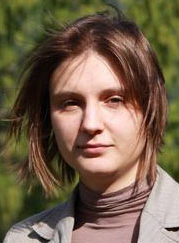
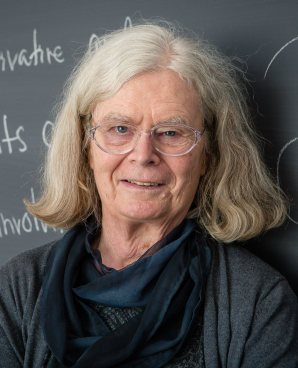
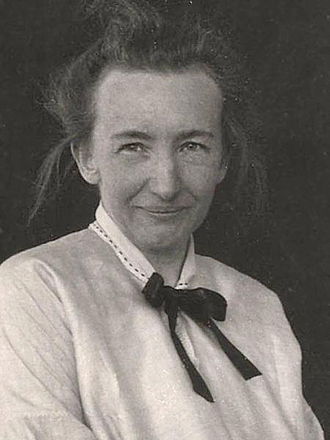
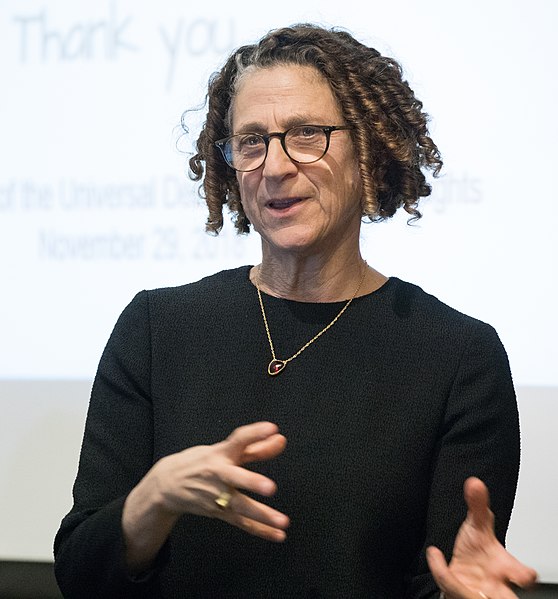
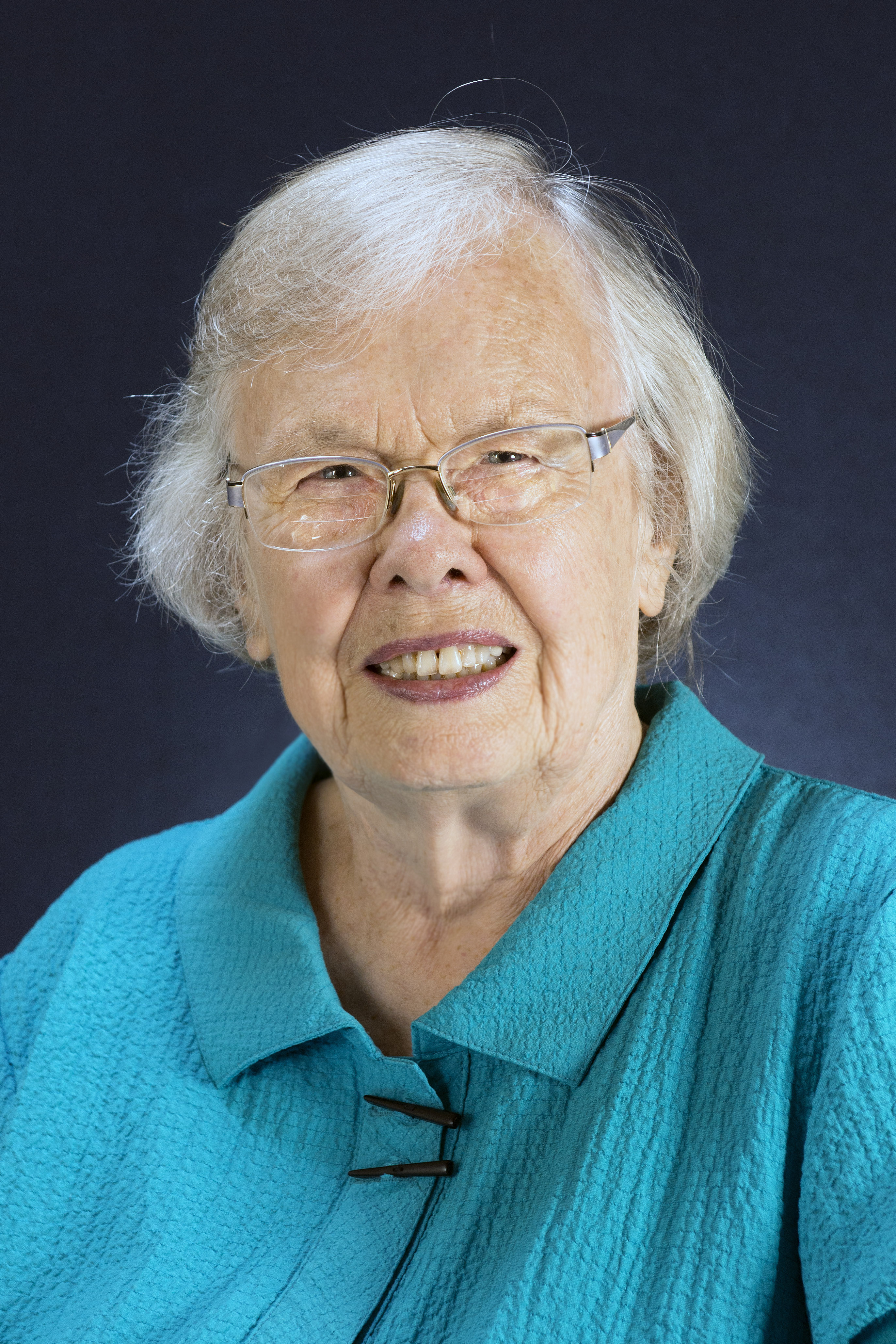
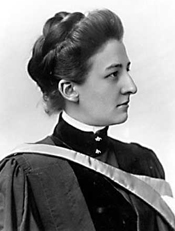
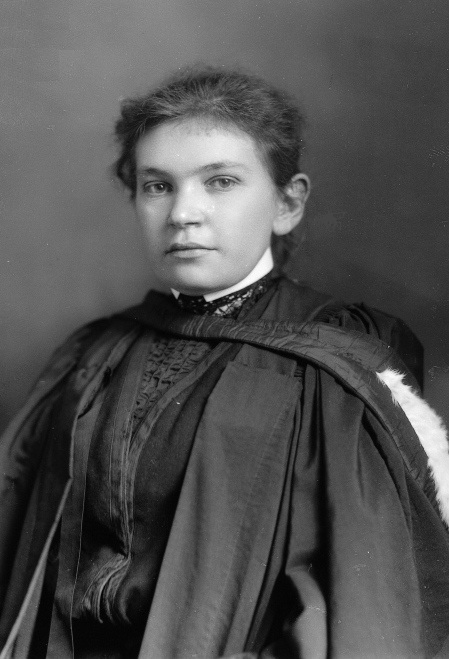
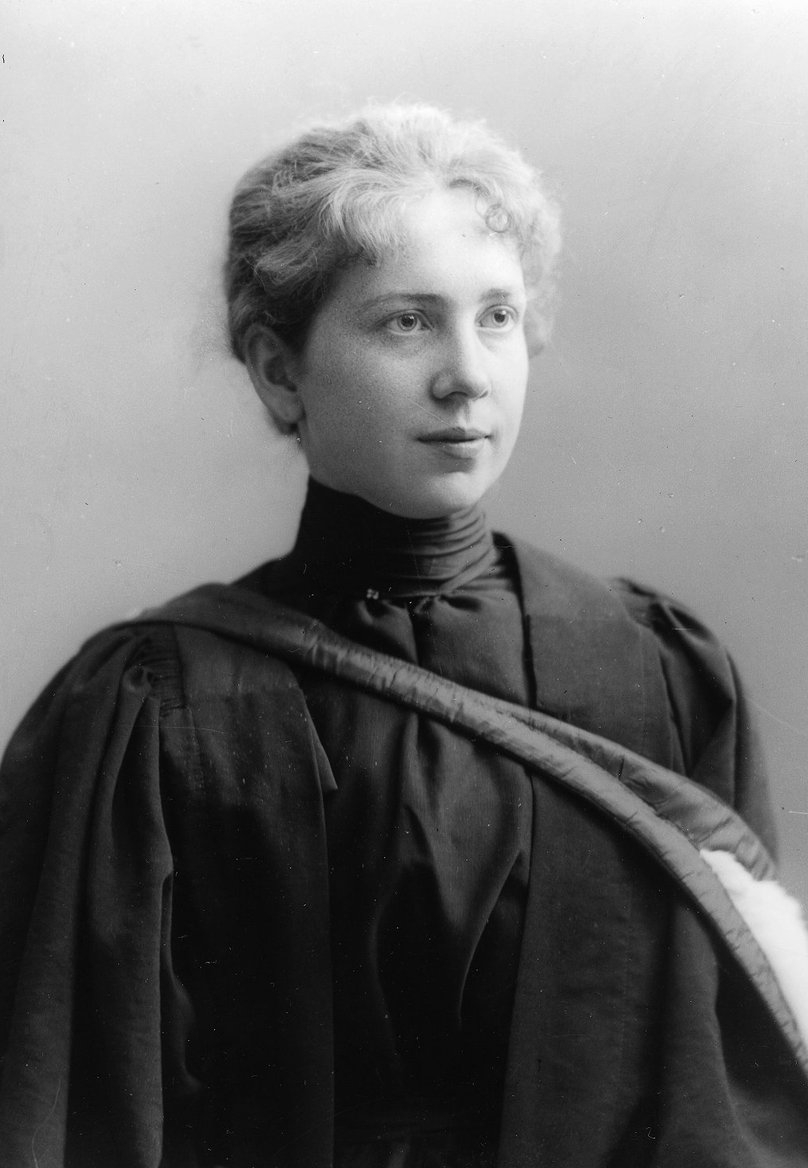

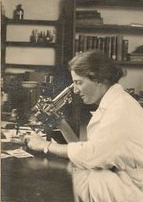

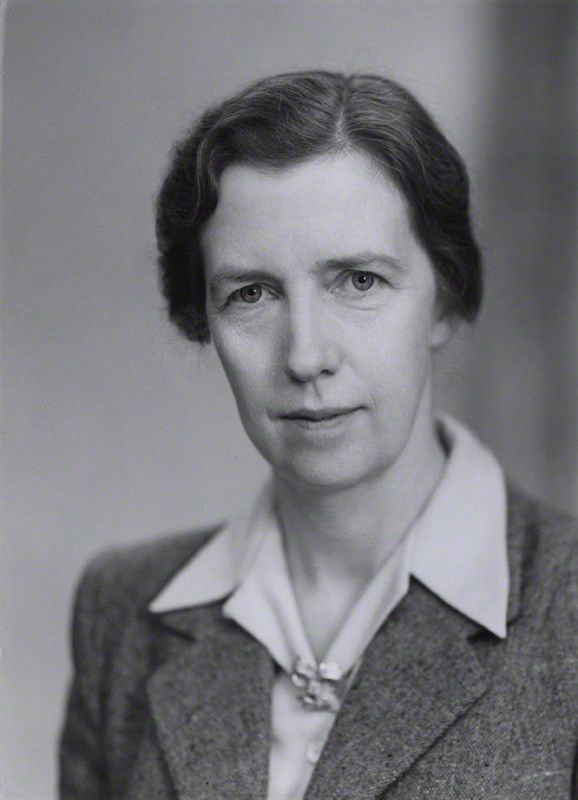
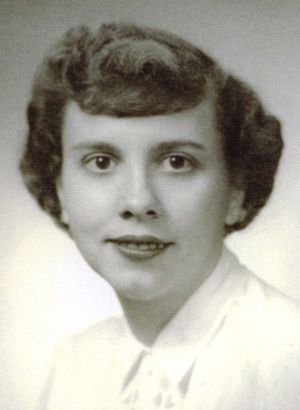

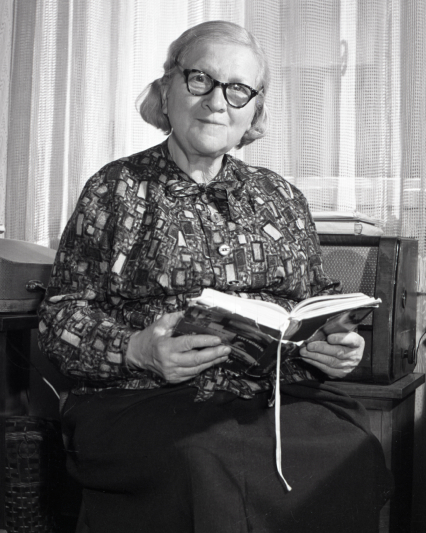
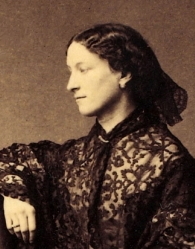
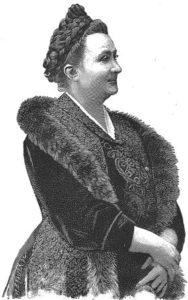
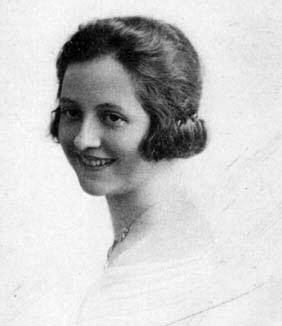
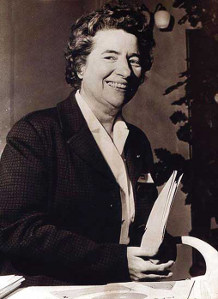

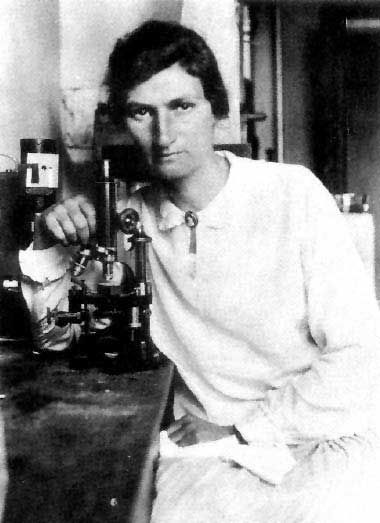


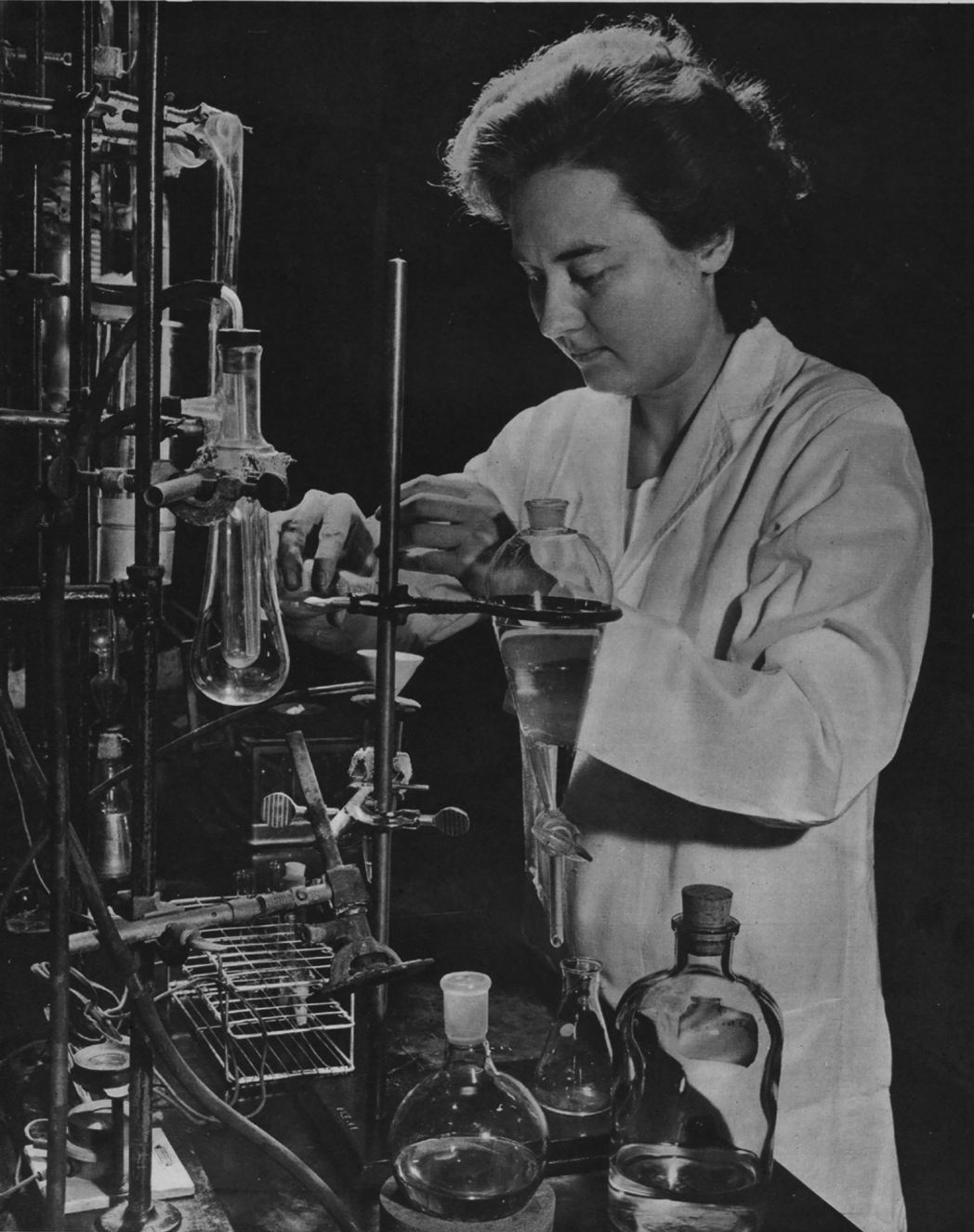

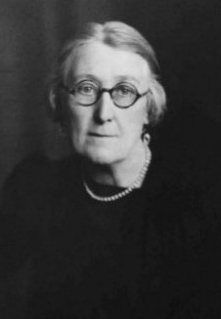
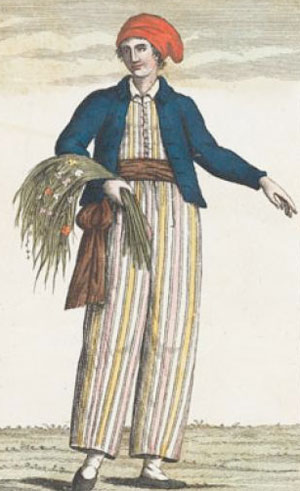
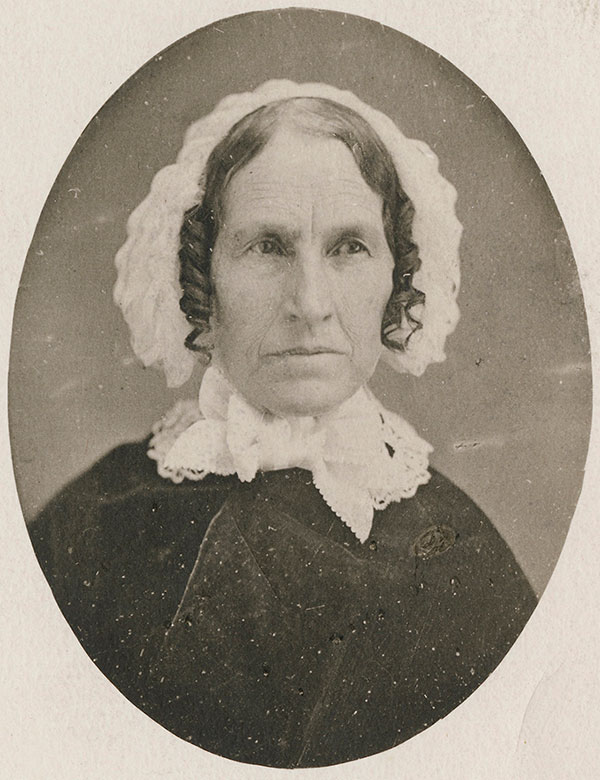
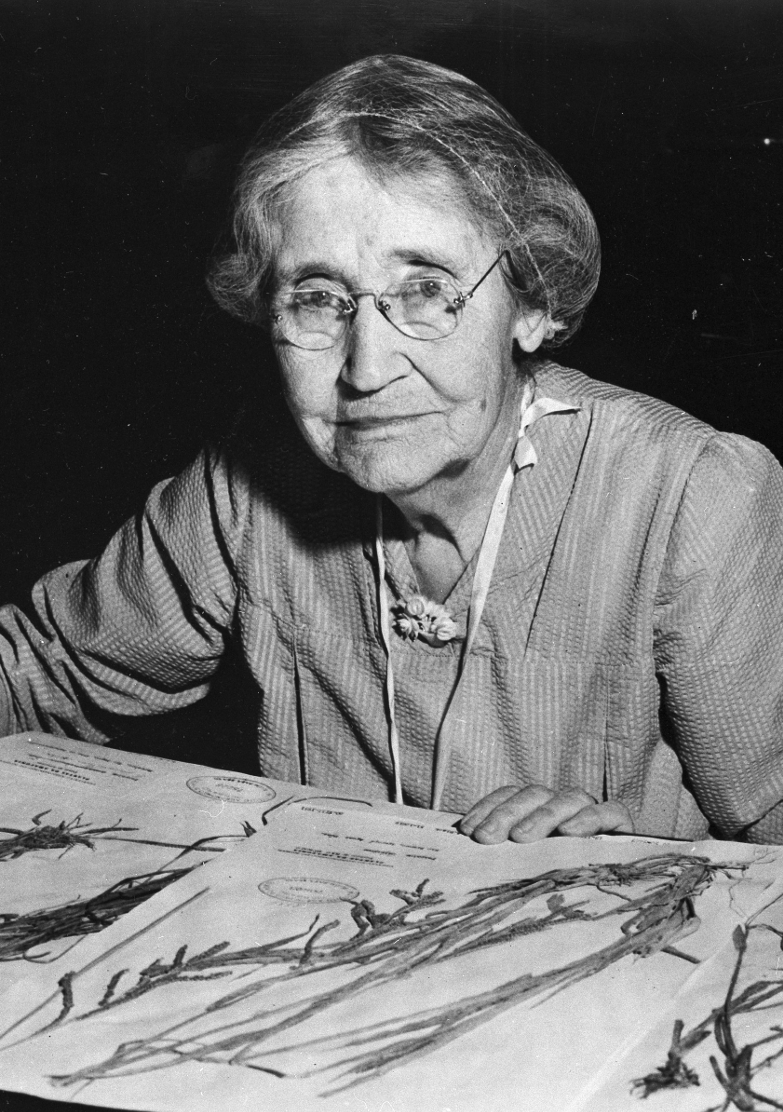
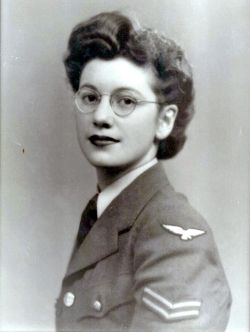
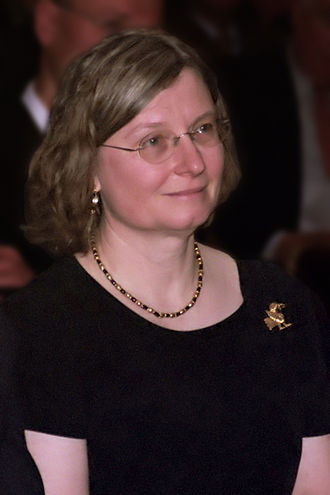
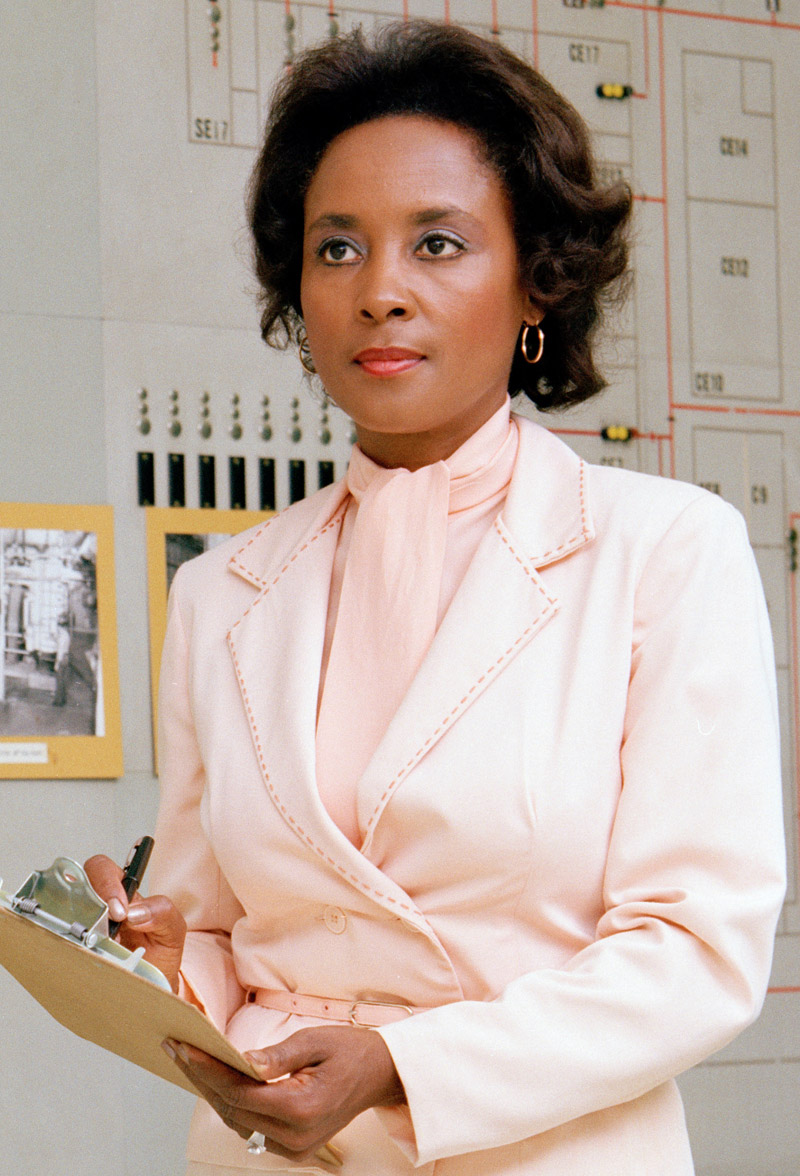

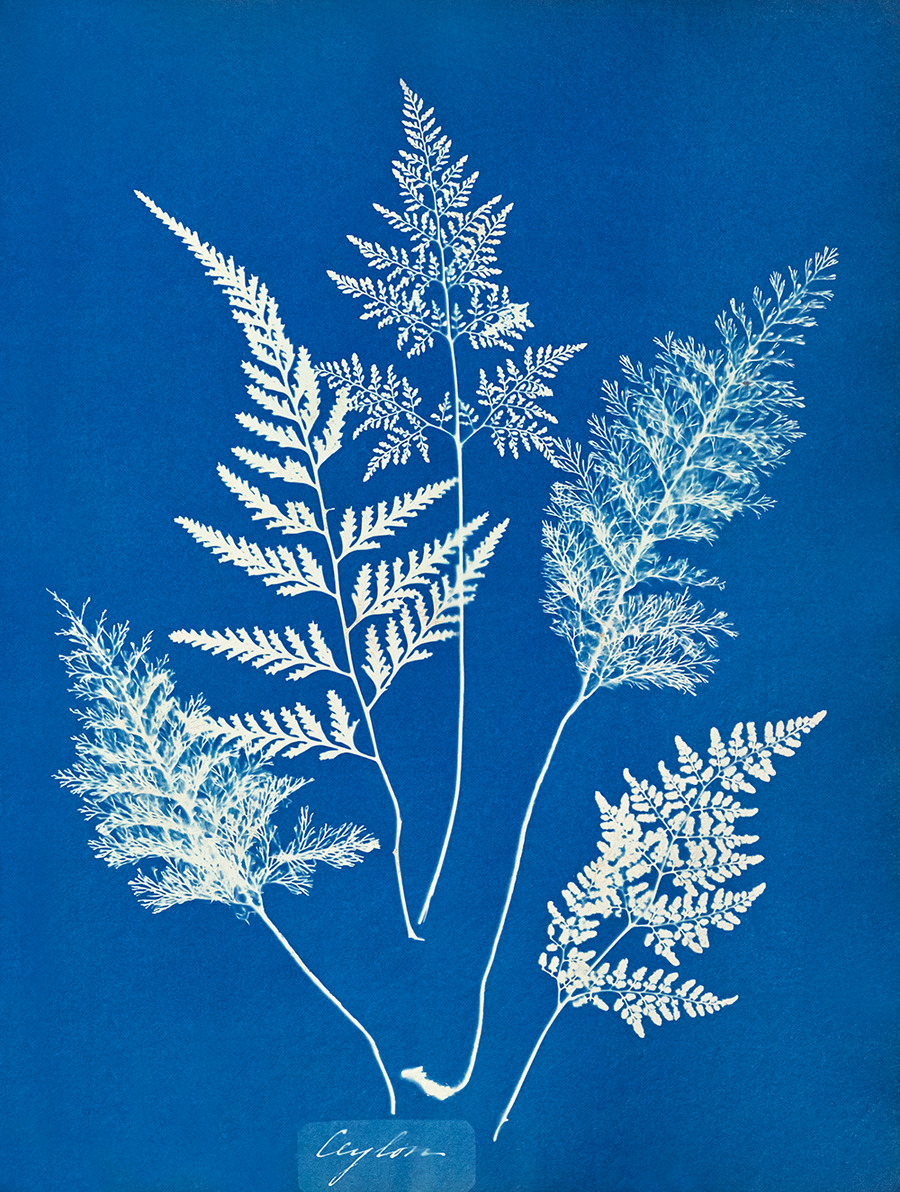
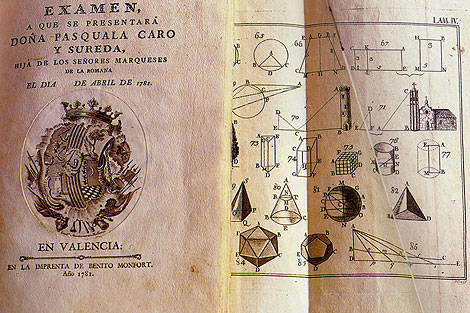
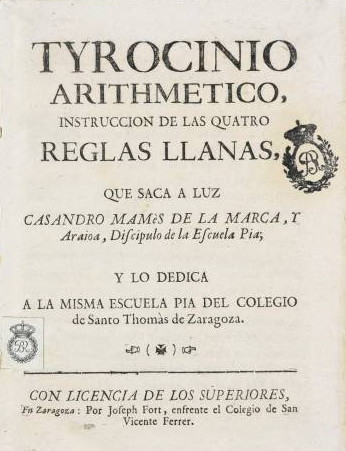

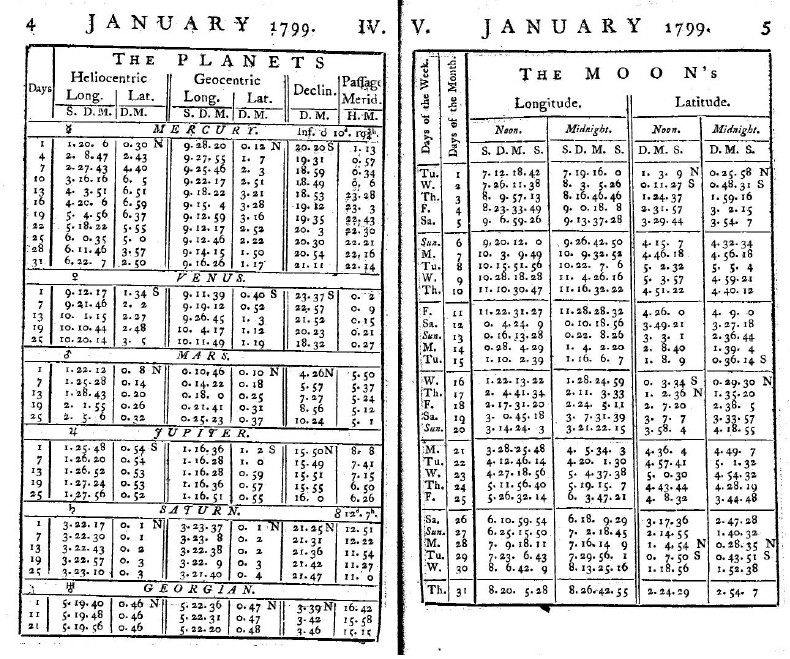
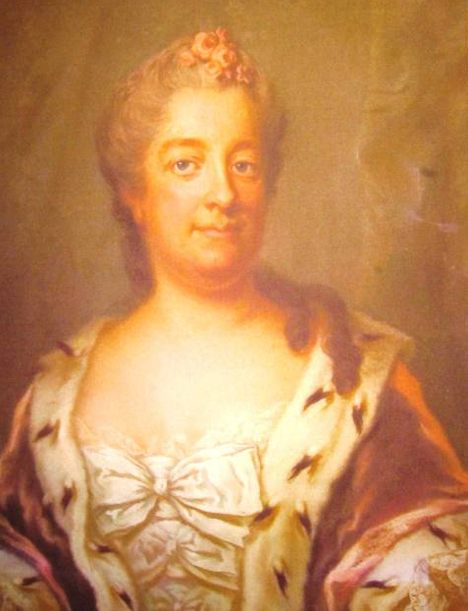
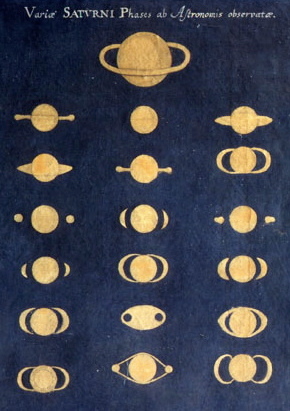

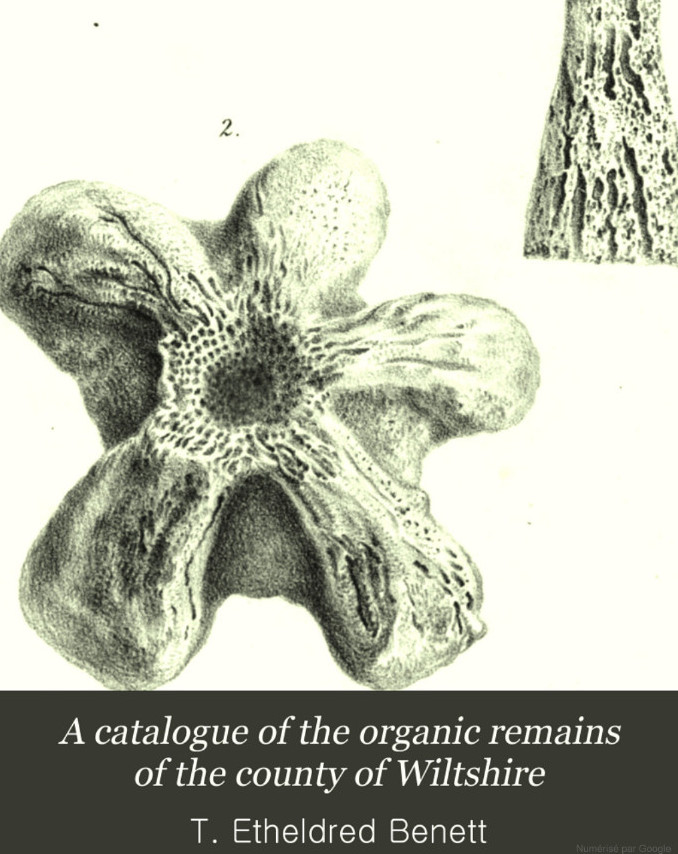
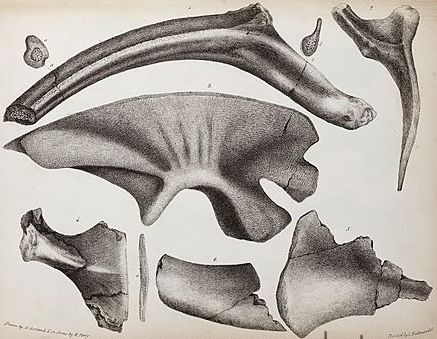
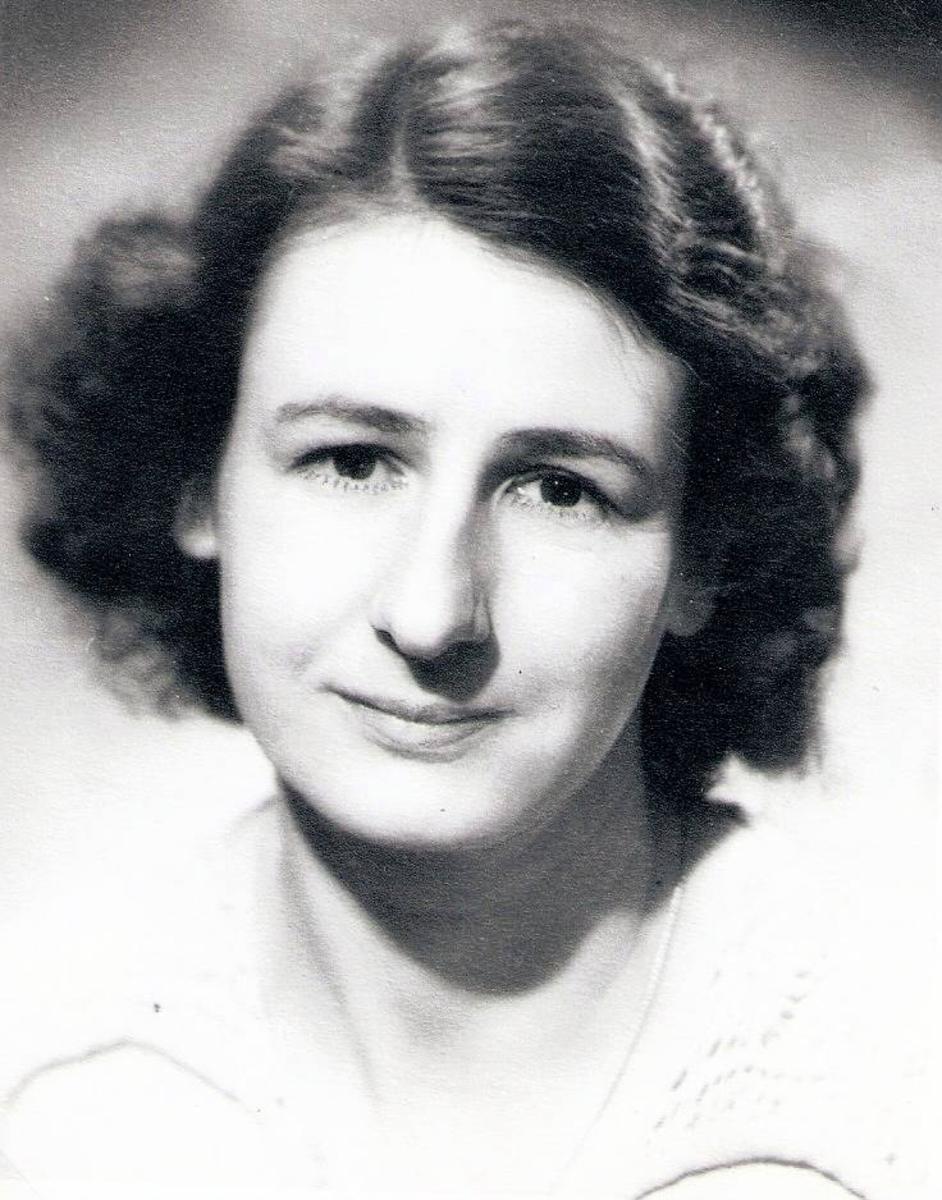
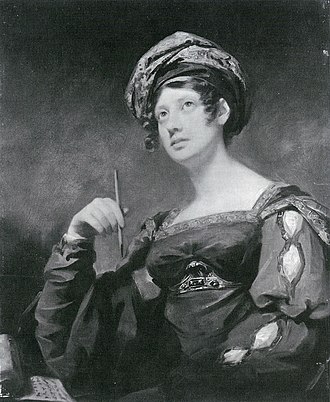

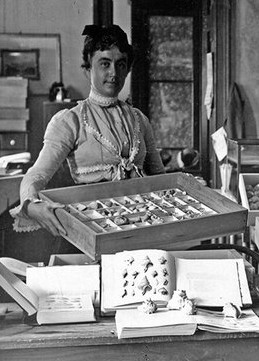
Maury died January 3, 1938 in Yonkers, New York. She was buried at Cold Springs, New York on January 6. Source:
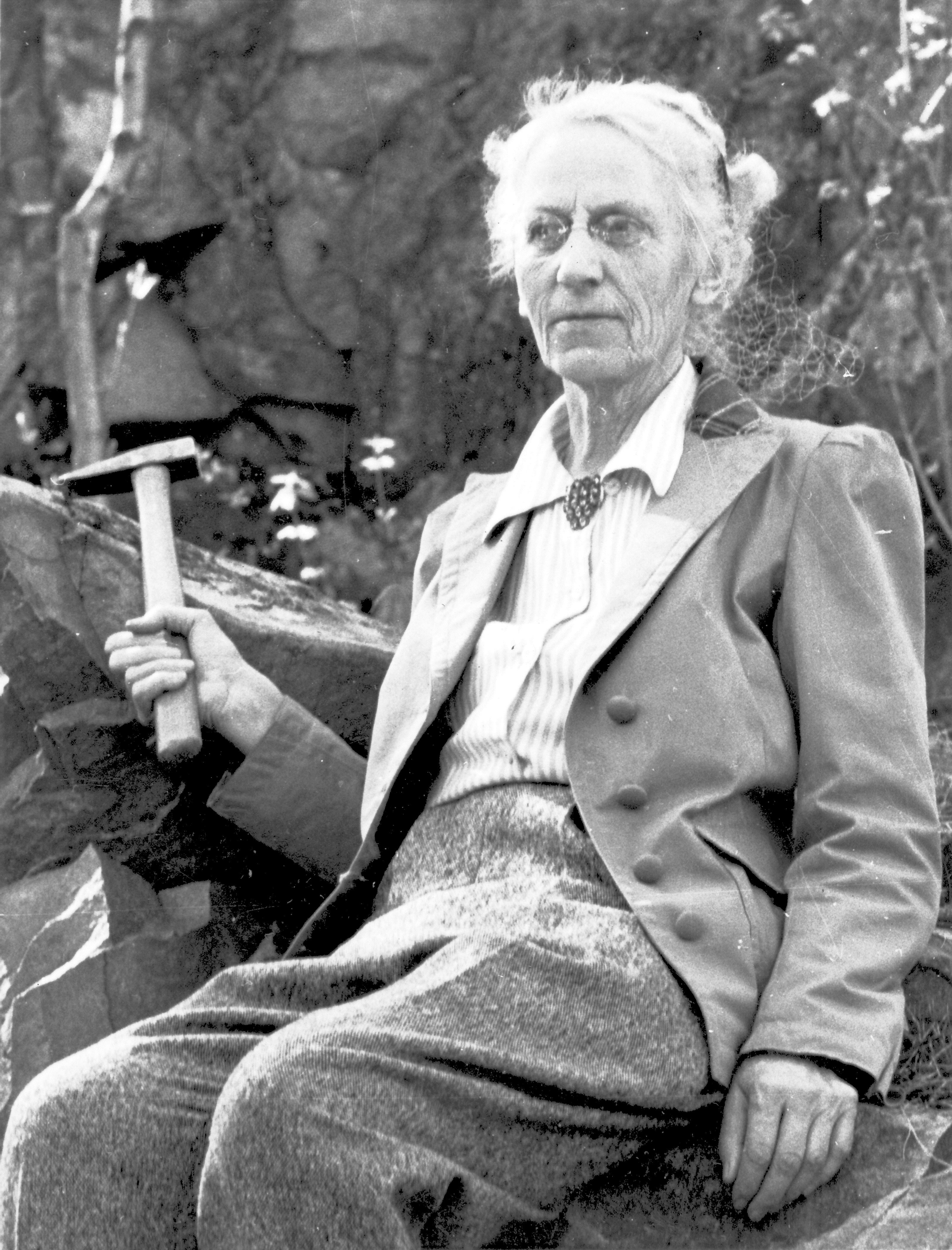
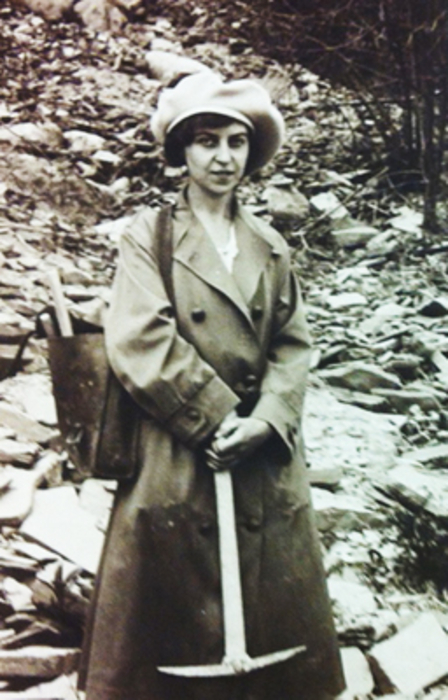
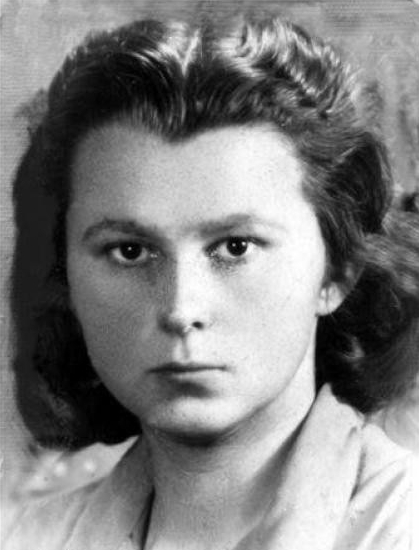
She was employed by the Institute of Paleobiology of the Polish Academy of Sciences. She held a number of functions in professional organizations in Poland and the United States.
Her work included the study of Devonian and Ordovician trilobites from Central Europe (Poland and Czech Republic), leading several Polish-Mongolian paleontological expeditions to the Gobi Desert, and the discovery of new species of crocodiles, lizards, turtles, dinosaurs (notably Deinocheirus), birds and multituberculates. She is the author of the book Hunting for Dinosaurs, and a co-author of the book Mammals from the Age of Dinosaurs. Her work was published widely in peer reviewed scientific journals, books and monographs.
While at the University of Warsaw, she started her master's research. This allowed her to join expeditions with other paleontologists and make various contributions. Kielan-Jaworowska participated in her first paleontological excavation in 1947 along with a group of researchers from the Museum of Earth and the National Geological Institute. The excavations, led by the geologist Jan Czarnocki, took place in Poland's Swietokrzyskie Mountains in exposures of Middle Devonian strata. The group's work involved digging for soft rock and rinsing away the sediment, consisting of yellow marl, in running water while using a sieve to collect any fossils that were present. Kielan-Jaworowska spent two months with the group and specifically sought trilobite fossils, which became the focus of her master's thesis. She returned to specific sites in the Swietokrzyskie Mountains over the next three summers to continue developing her collection, which grew to over one hundred trilobite specimens.
Kielan-Jaworowska was awarded her master's degree in 1949. She had been employed as an assistant in the University of Warsaw's Department of Paleontology since fall 1948. She worked there until 1952, teaching classes in paleontology for biology and geology students.
During her expeditions from 1963 to 1971 to the Gobi Desert, she unearthed many dinosaurs and mammals from the Cretaceous and early Tertiary. Her findings were so extensive that, in 1965, her team had shipped over 20 tons of fossils back to Poland. One of her most notable finds was in 1971, when she discovered a Protoceratops and a young Velociraptor tangled in a struggle. The fossilization process of how these two remained intact in this position is still debated. Although her findings were mainly dinosaurs, she did not focus all her research on them. From 1949 to 1963, she concentrated on Paleozoic invertebrates, especially three-lobed water bugs called trilobites. They were among the oldest fossils commonly found. This led her to shift her focus on researching Mesozoic mammals in 1963.
Kielan-Jaworowska has added a great deal of contribution to monographs that detail findings of fossils and wrote her own book, Hunting for Dinosaurs, which give brief descriptions of her paleontological endeavors in the Gobi Desert. The book was written in Polish and translated to English and published in 1969. The book notes her exchange with the Mongolian people, as well as the hardships she faced to achieve success in her life's work. In her research, she explored the asteroid theory regarding the mass extinction of dinosaurs. Kielan-Jaworowska concluded the book with noting how the research of the mass extinctions could promote awareness for future decades. Kielan-Jaworowska and her book gained international attention and fame.
From 1960 to 1982, she was the director of the Institute of Paleobiology. In 1982, she stepped down from her position to undertake a visiting professorship at the Musée National d’Histoire Naturelle in Paris, which lasted for two years. Soon after her return to Warsaw, she was appointed Professor of Paeleontology at the University of Oslo, which lasted from 1986 to 1995 when she was appointed Professor Emerita in the institute of Paleobiology.
In 1988, she was awarded the Walter Granger Memorial Award. In 1999, Kielan-Jaworowska received the Righteous Among the Nations Medal. She was awarded the Romer-Simpson Medal in 1996, becoming the 8th recipient of the Society of Vertebrate Paleontology's award, which honors sustained and outstanding scholarly excellence in the discipline of vertebrate paleontology. In 2002, she also became the recipient of the Commander's Cross with Star of the Order of Polonia Restituta. Her book, Mammals from the Age of Dinosaurs, won her the prestigious Prize of the Foundation for Polish Science in 2005. Her work was recognized "for a creative synthesis of research on the Mesozoic evolution of mammals".
Kielan-Jaworowska's co-author, Zhe-Xi Lou, describes her contribution to paleontology as unmatched by any living experts, and that "in the whole of Mesozoic mammalian studies for the last 100 years, only the late American paleontologist George Gaylord Simpson would be her equal". "She is the rarest among the rare – she has been a leader in making important scientific contributions, and also a gregarious and charismatic figure, both of which have made paleontology a better science, and paleontologists worldwide a better community."
She was a member of the Polish Geological Society, Academia Europaea, Palaeontological Association, Norwegian Academy of Science and Letters, Norwegian Paleontological Society, Polish Academy of Sciences as well as an honorary member of the Linnean Society of London, Polish Copernicus Society of Naturalists and the Society of Vertebrate Paleontology. She worked at the Harvard University (1973-74), Paris Diderot University (1982-84), University of Oslo (1987-95) and the Polish Academy of Sciences.
A number of extinct animals have been named in her honour including Kielanodon, Zofiabaatar, Kielantherium, Zofiagale as well as Indobaatar zofiae.
Source:
